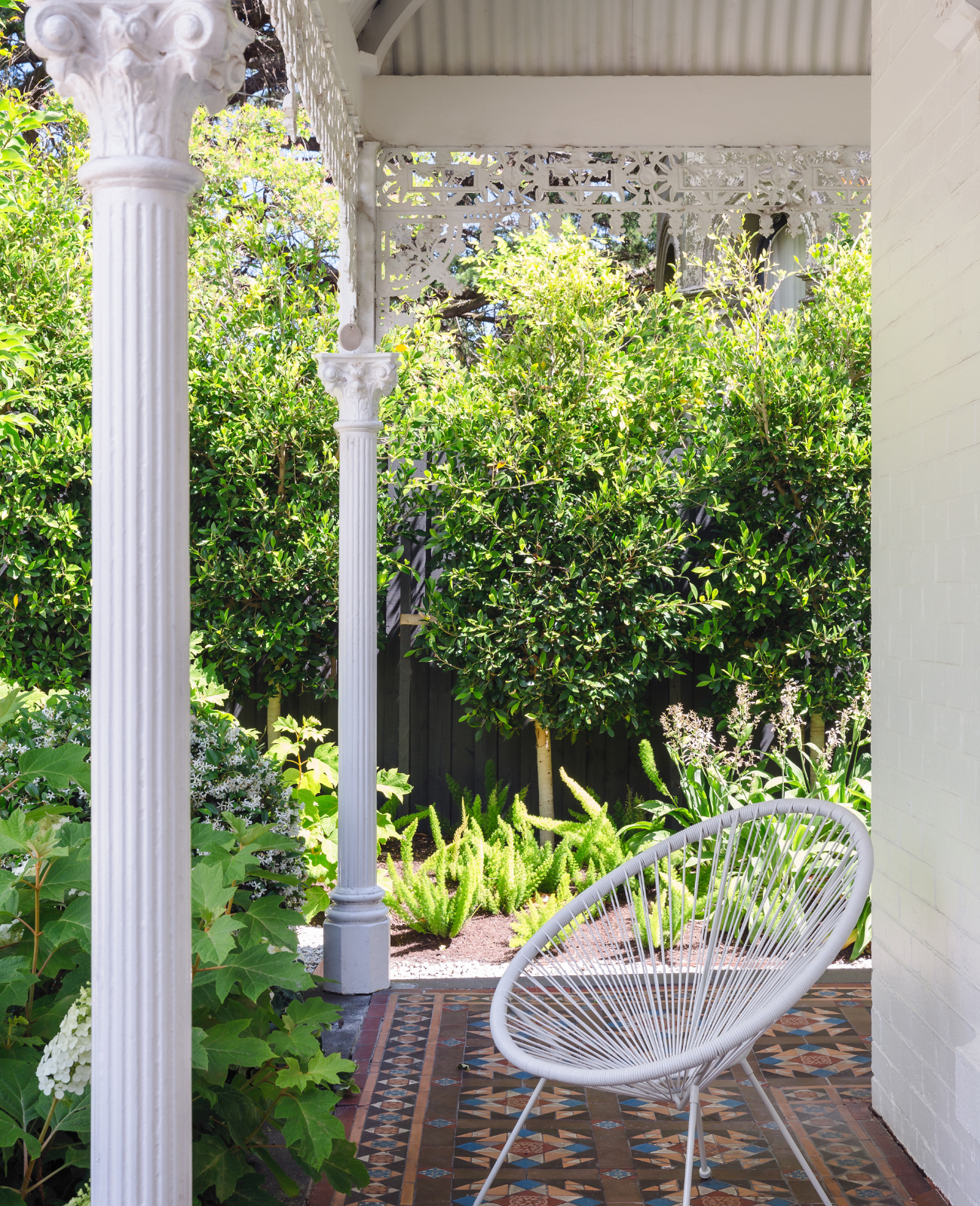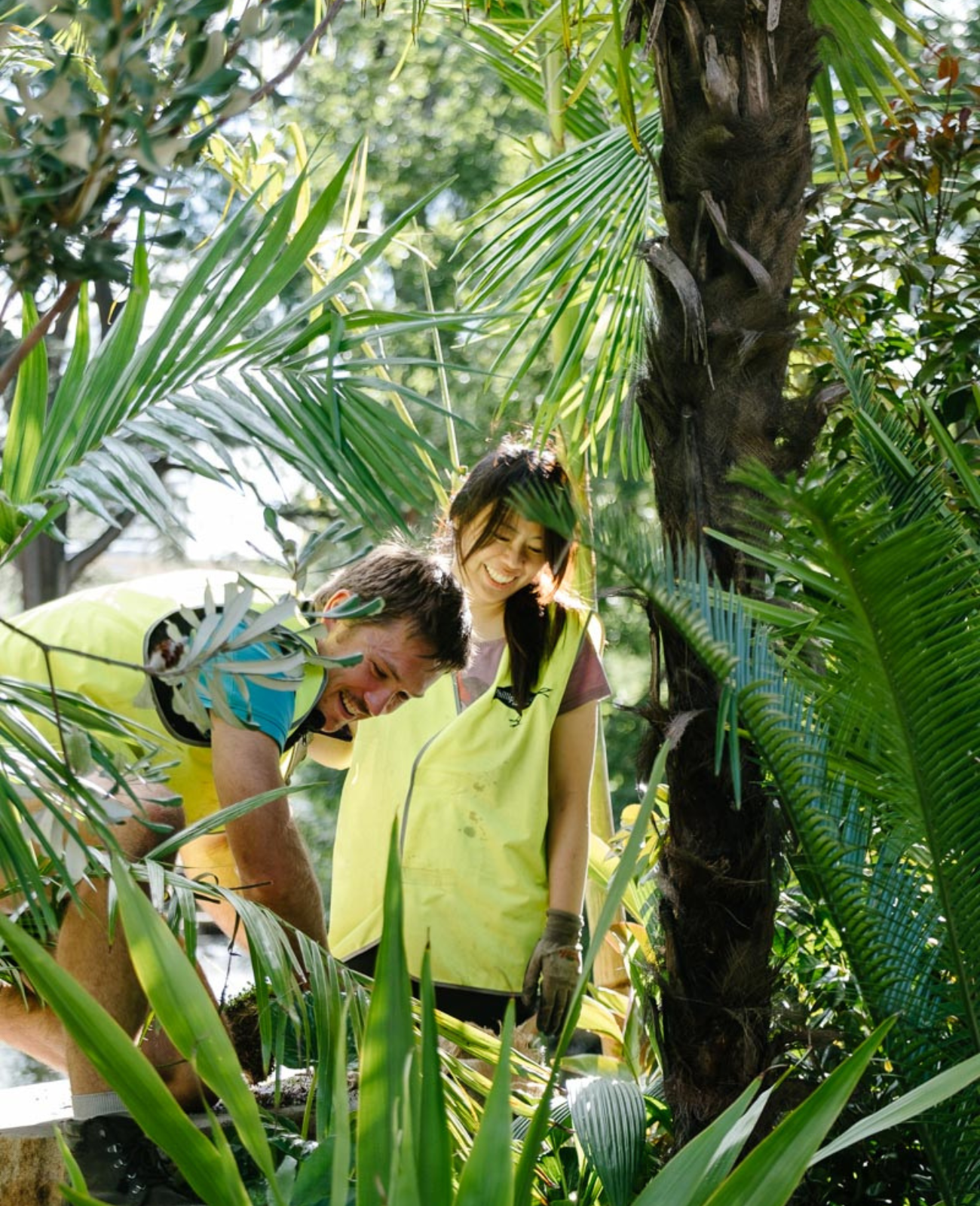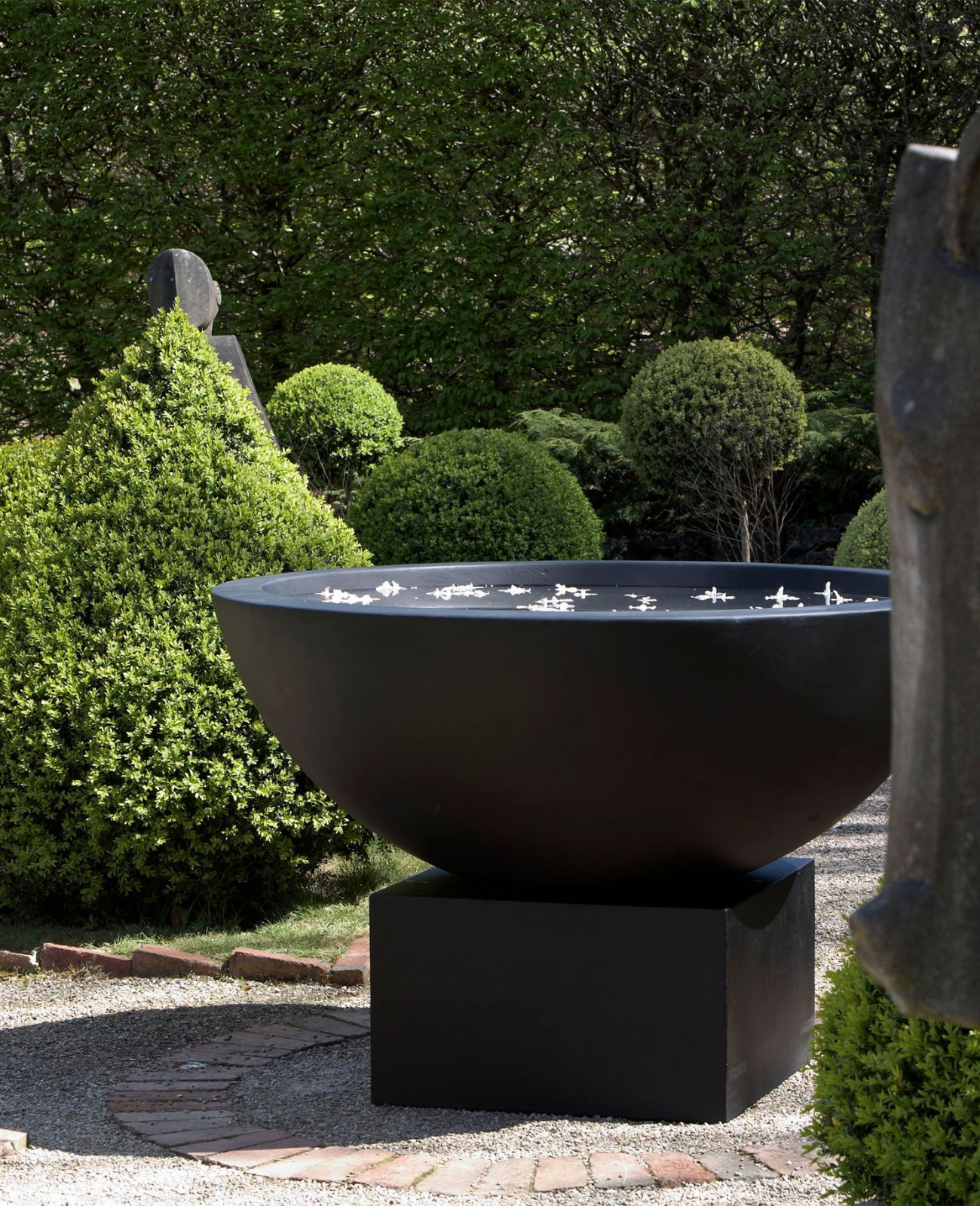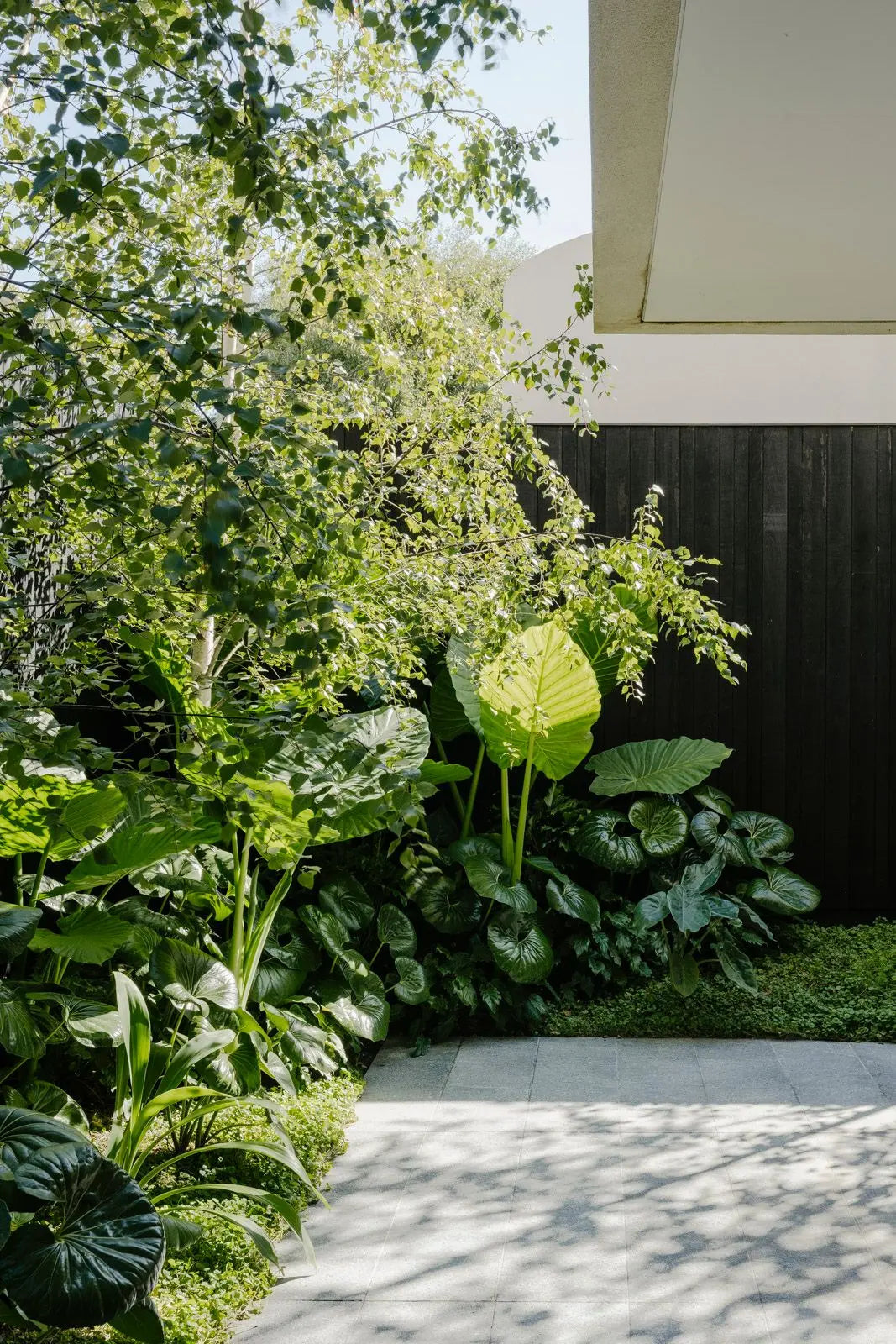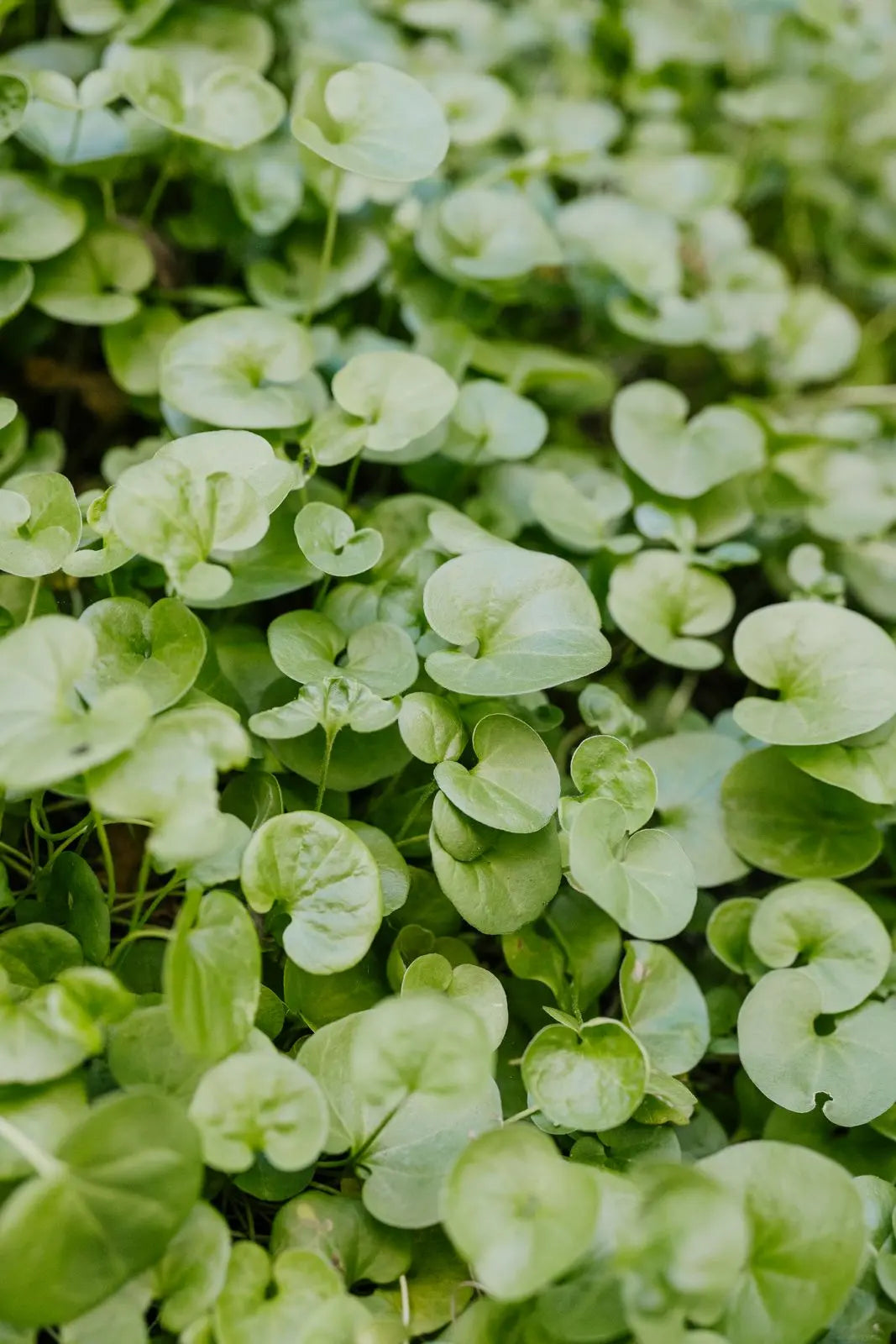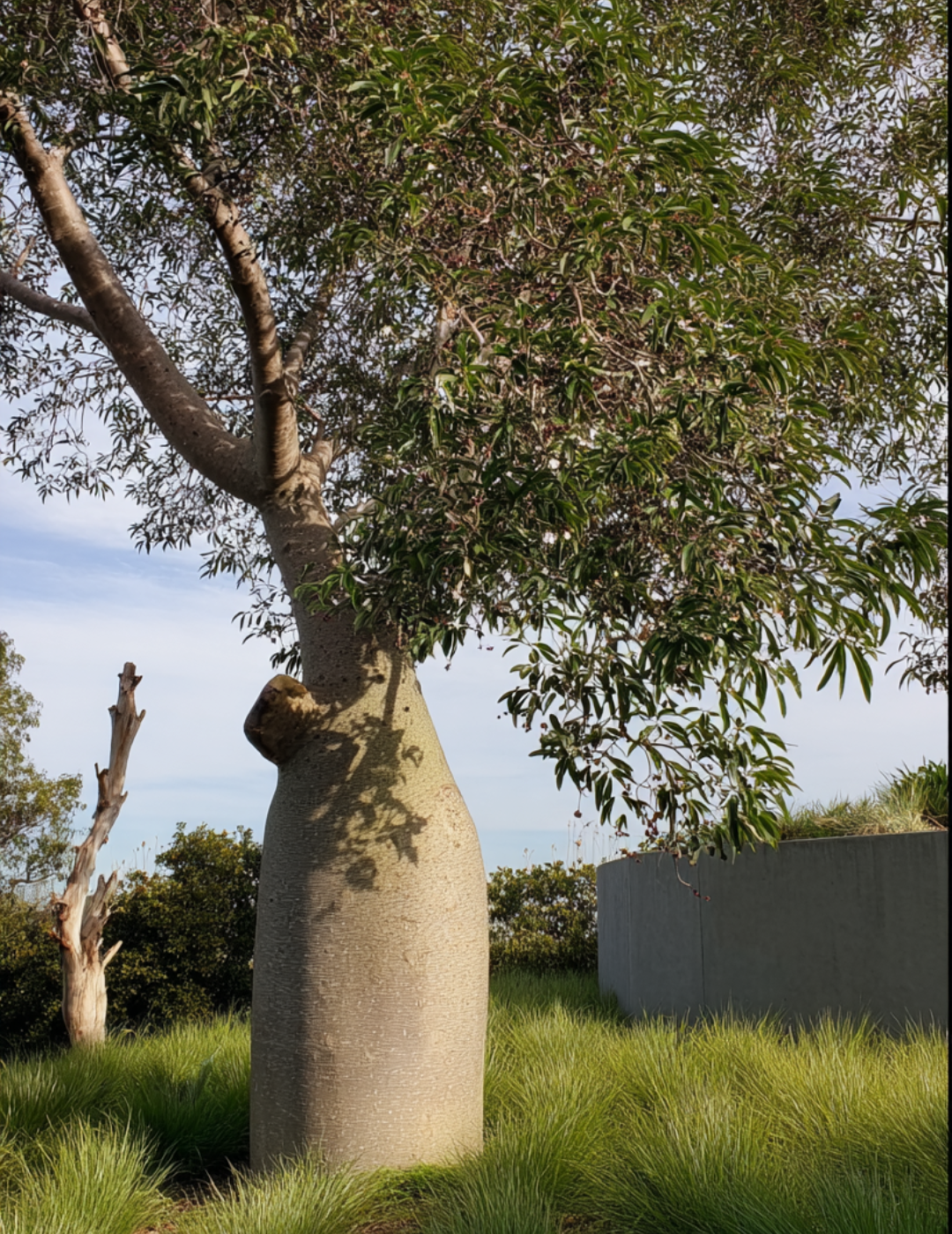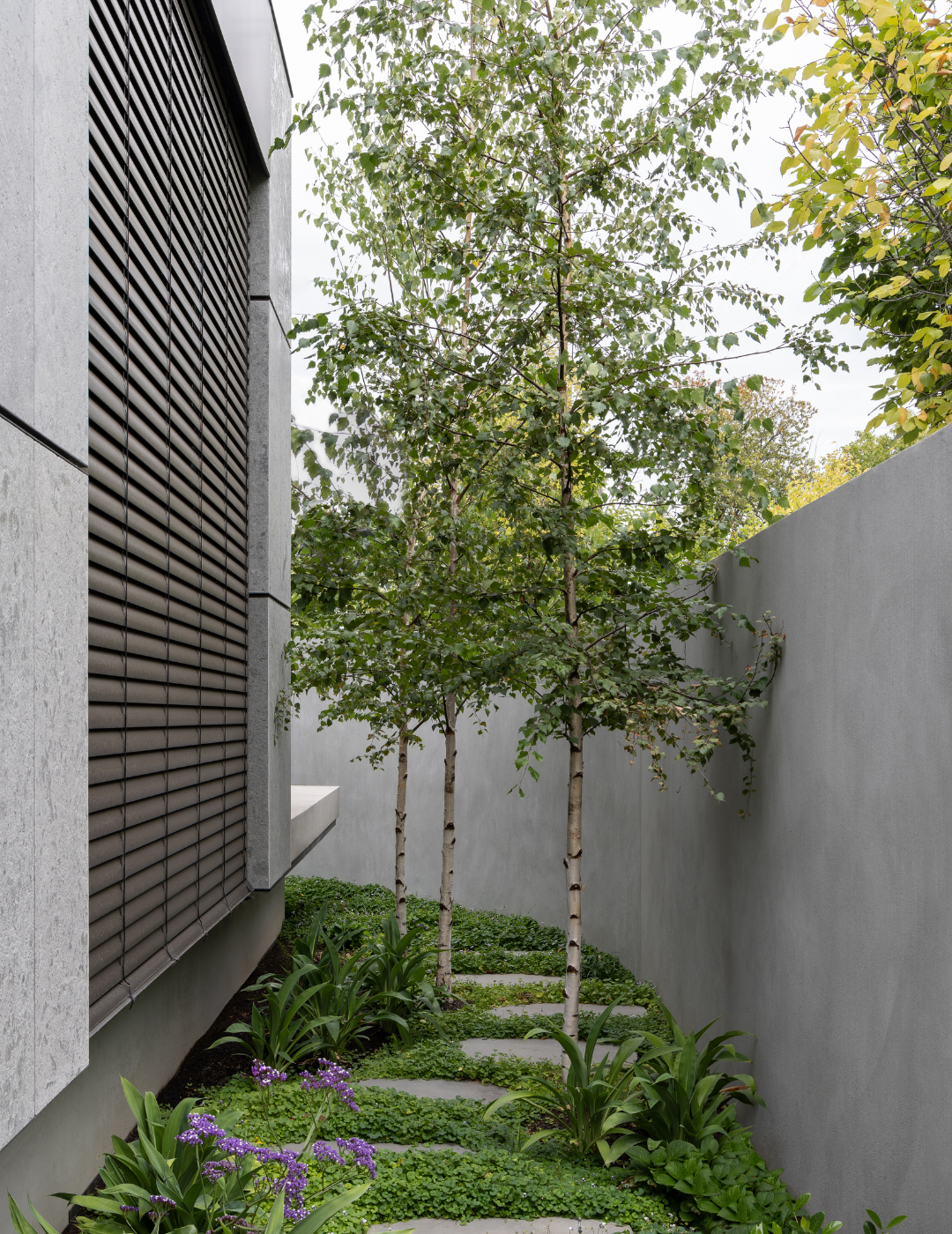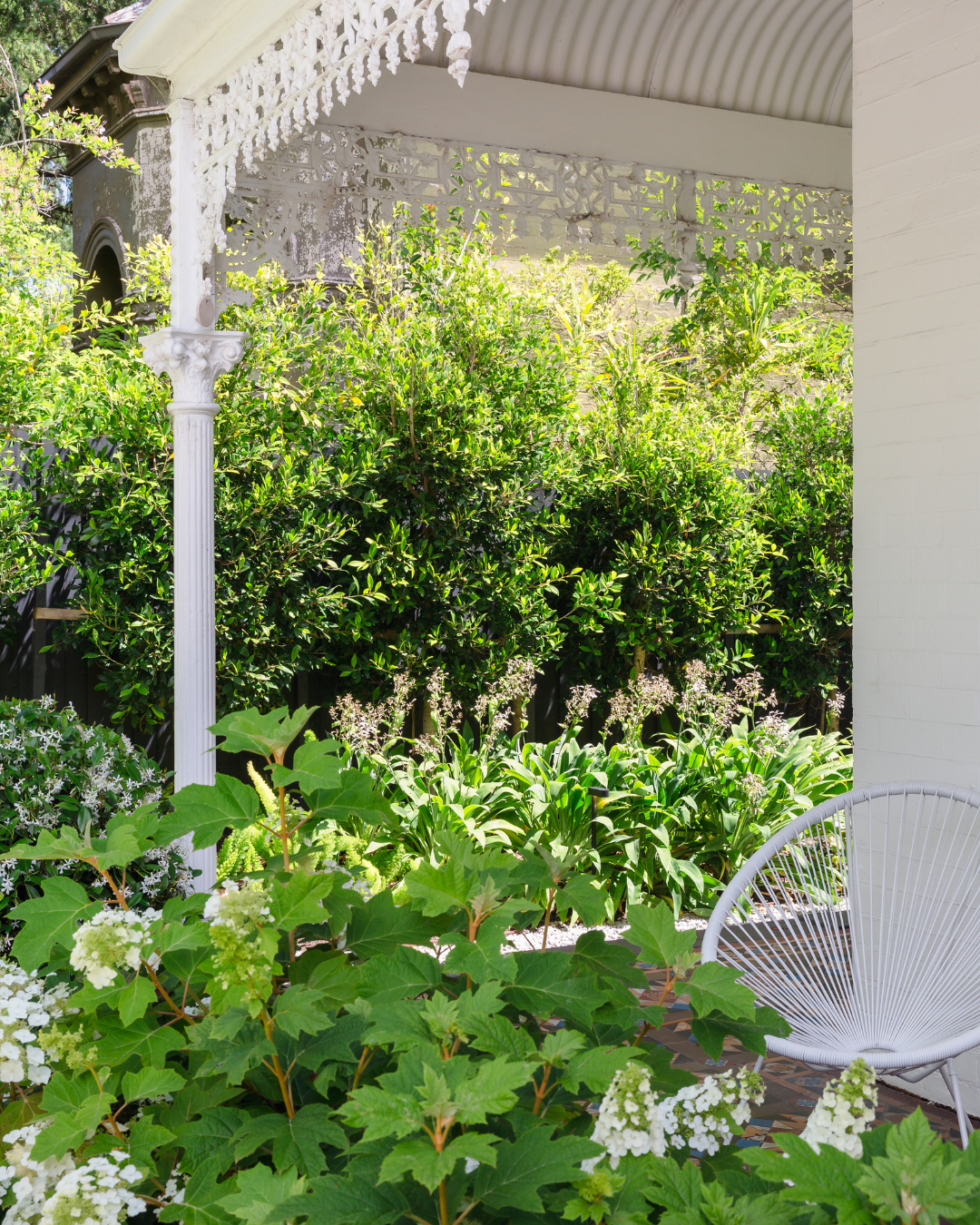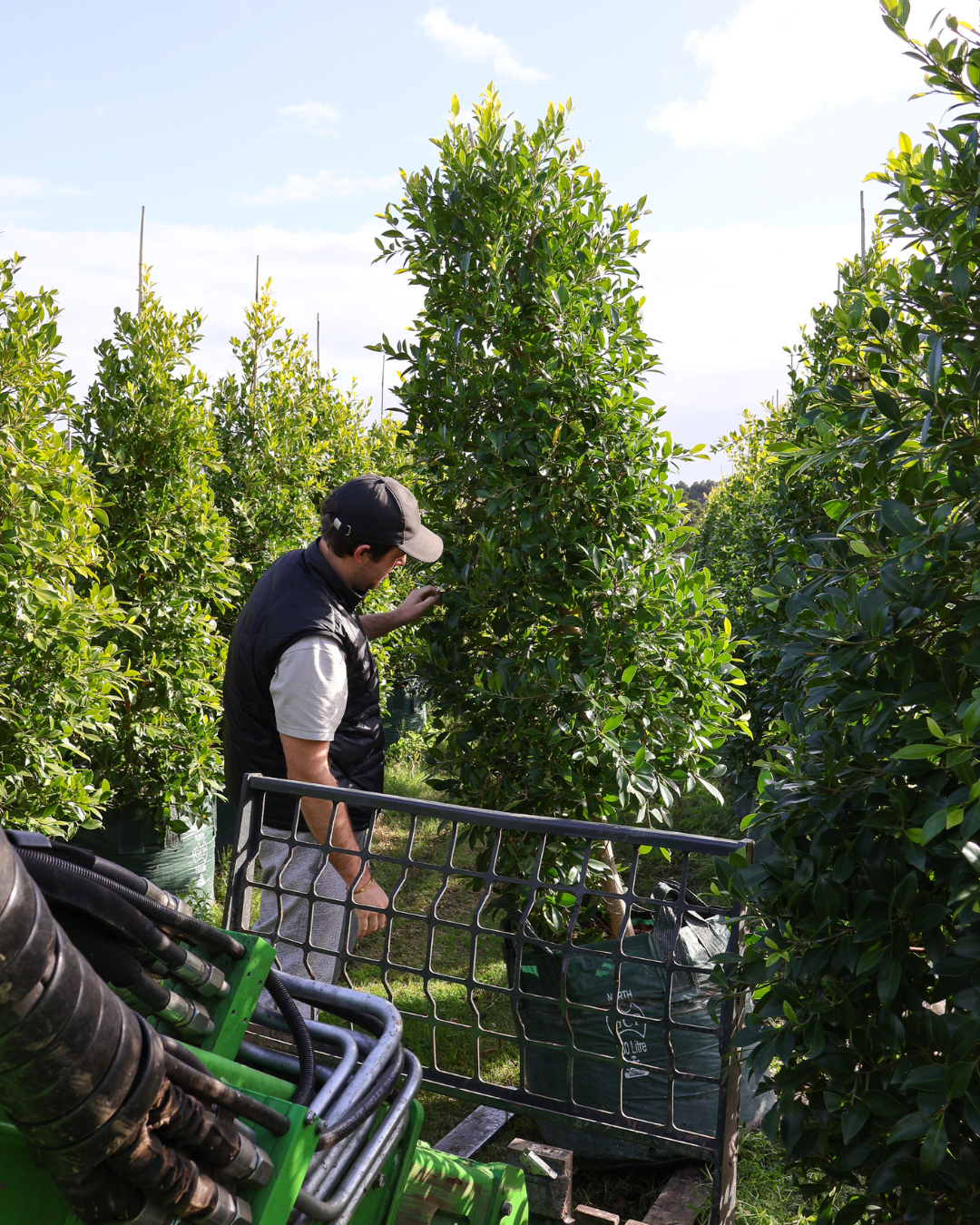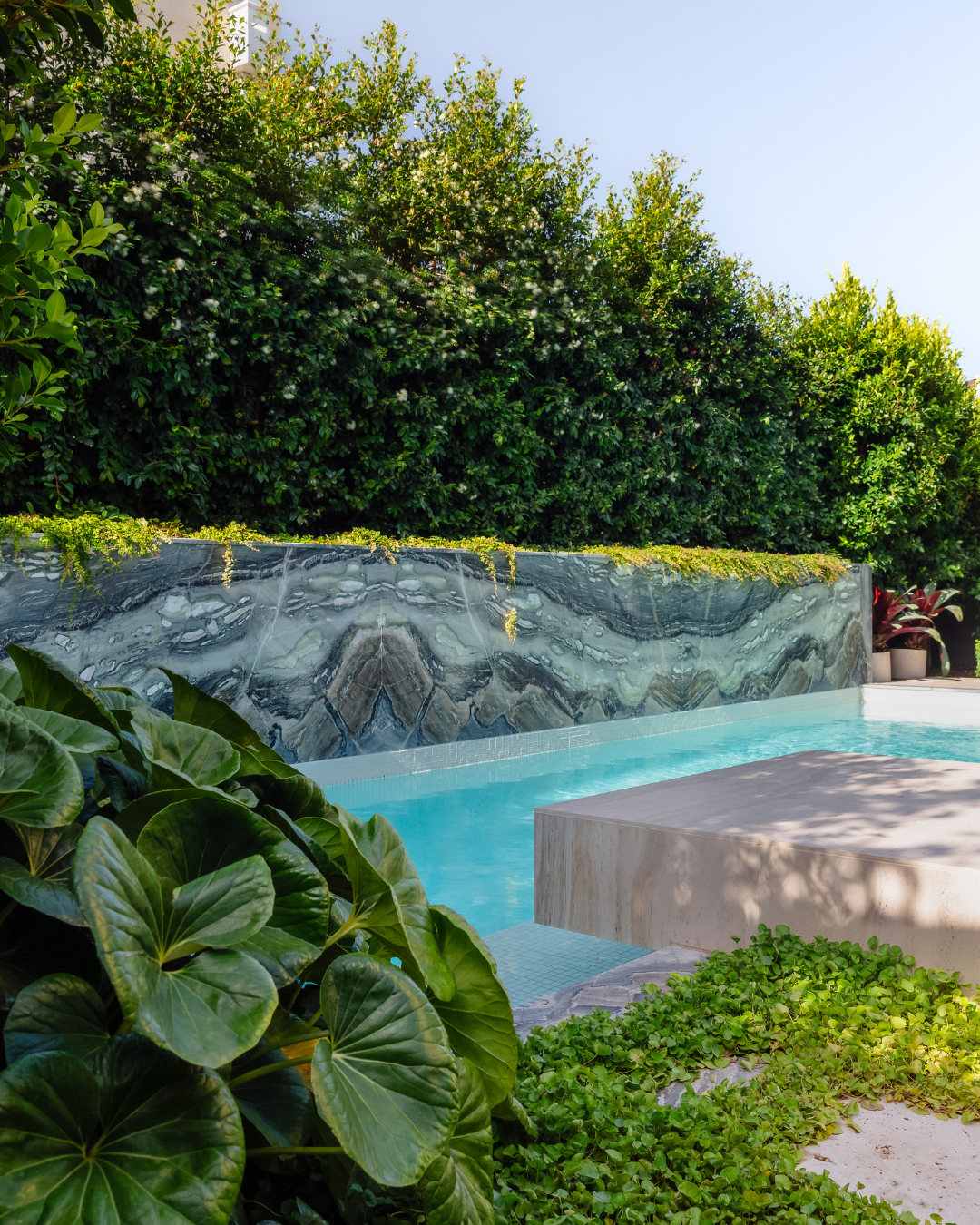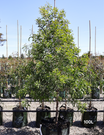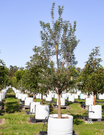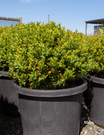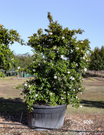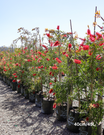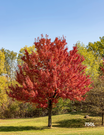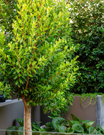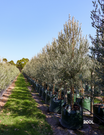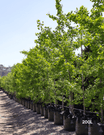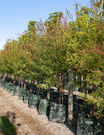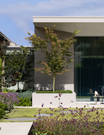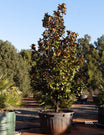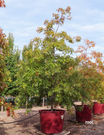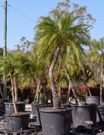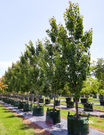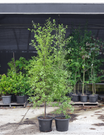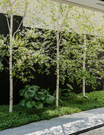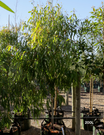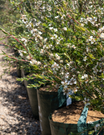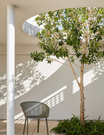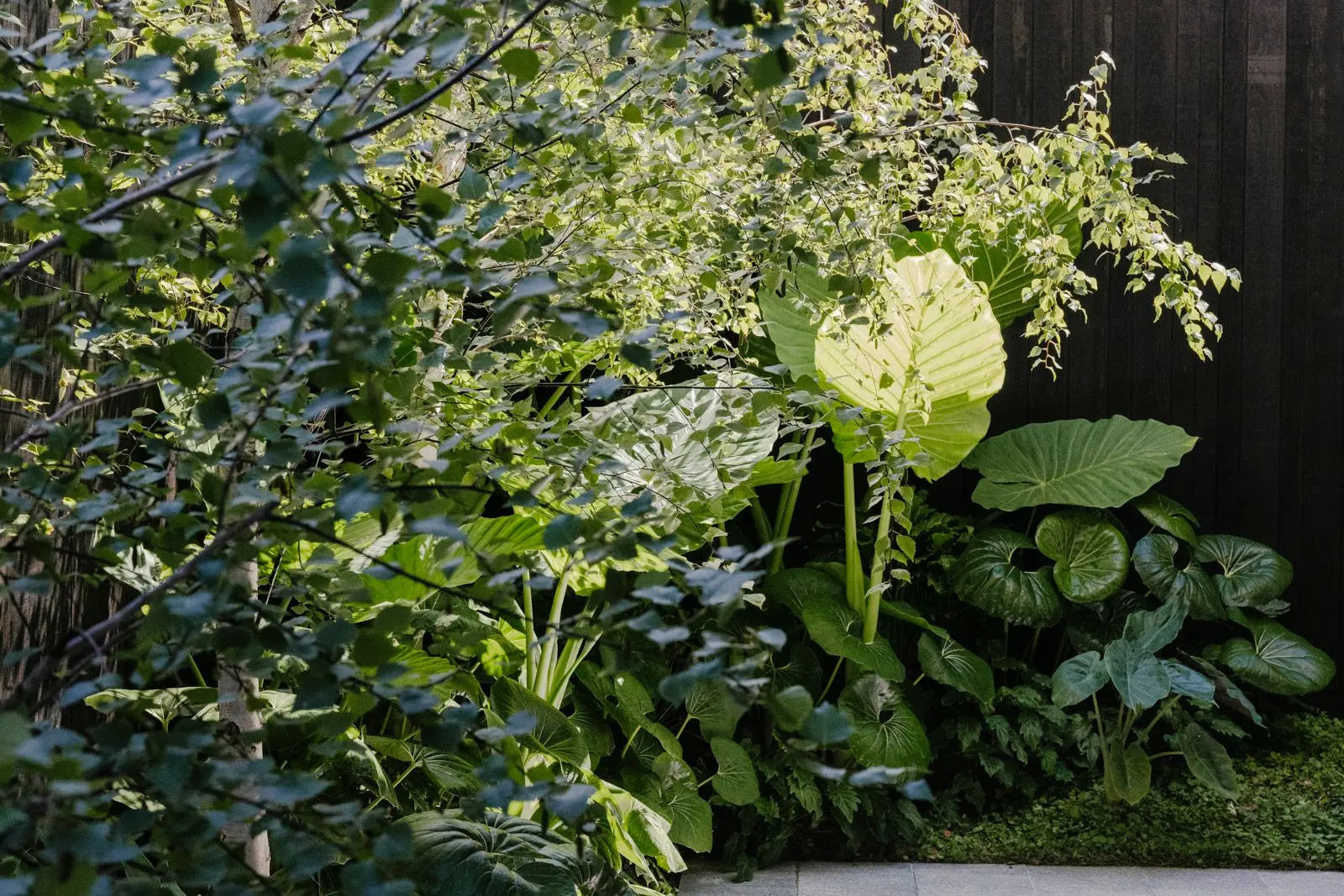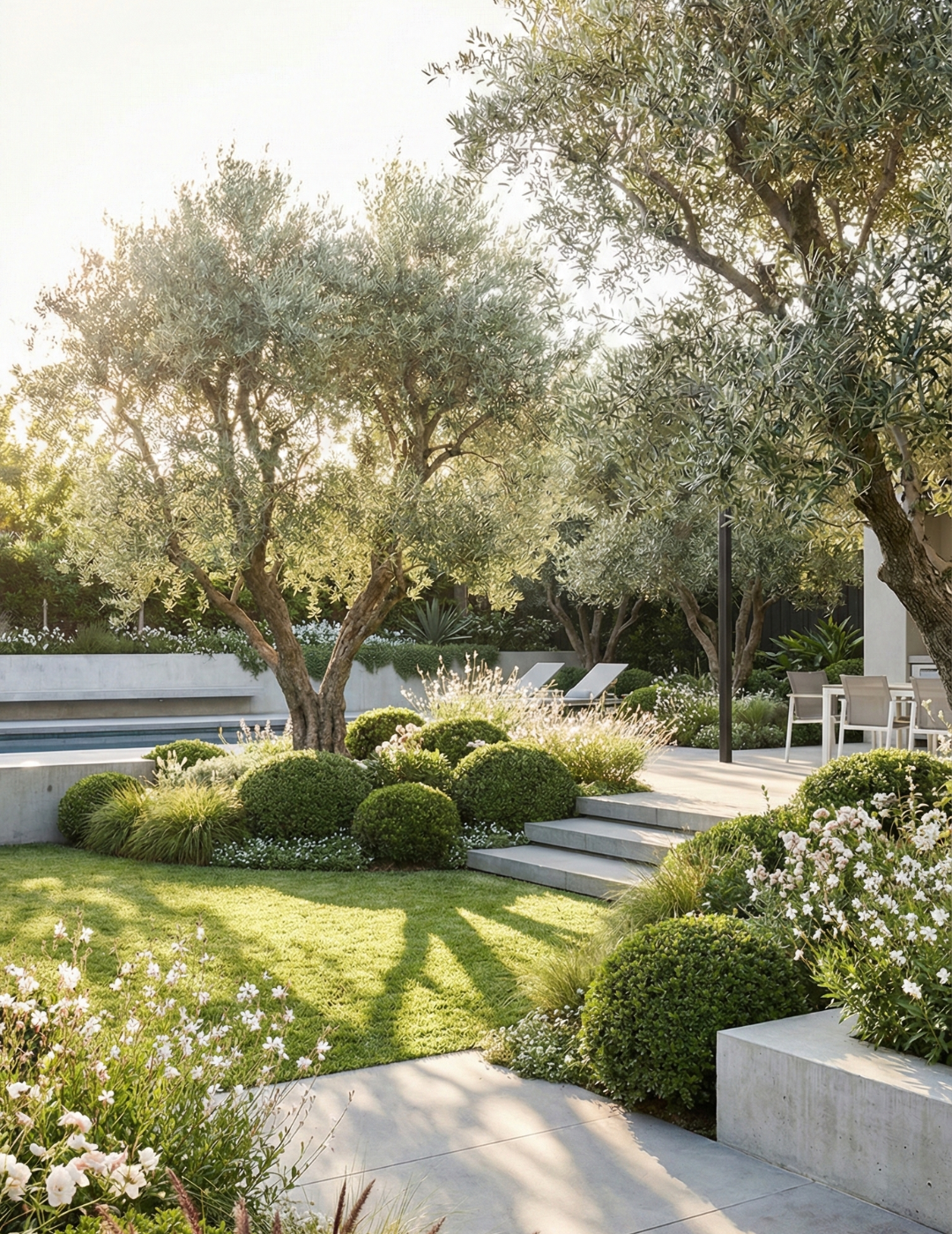
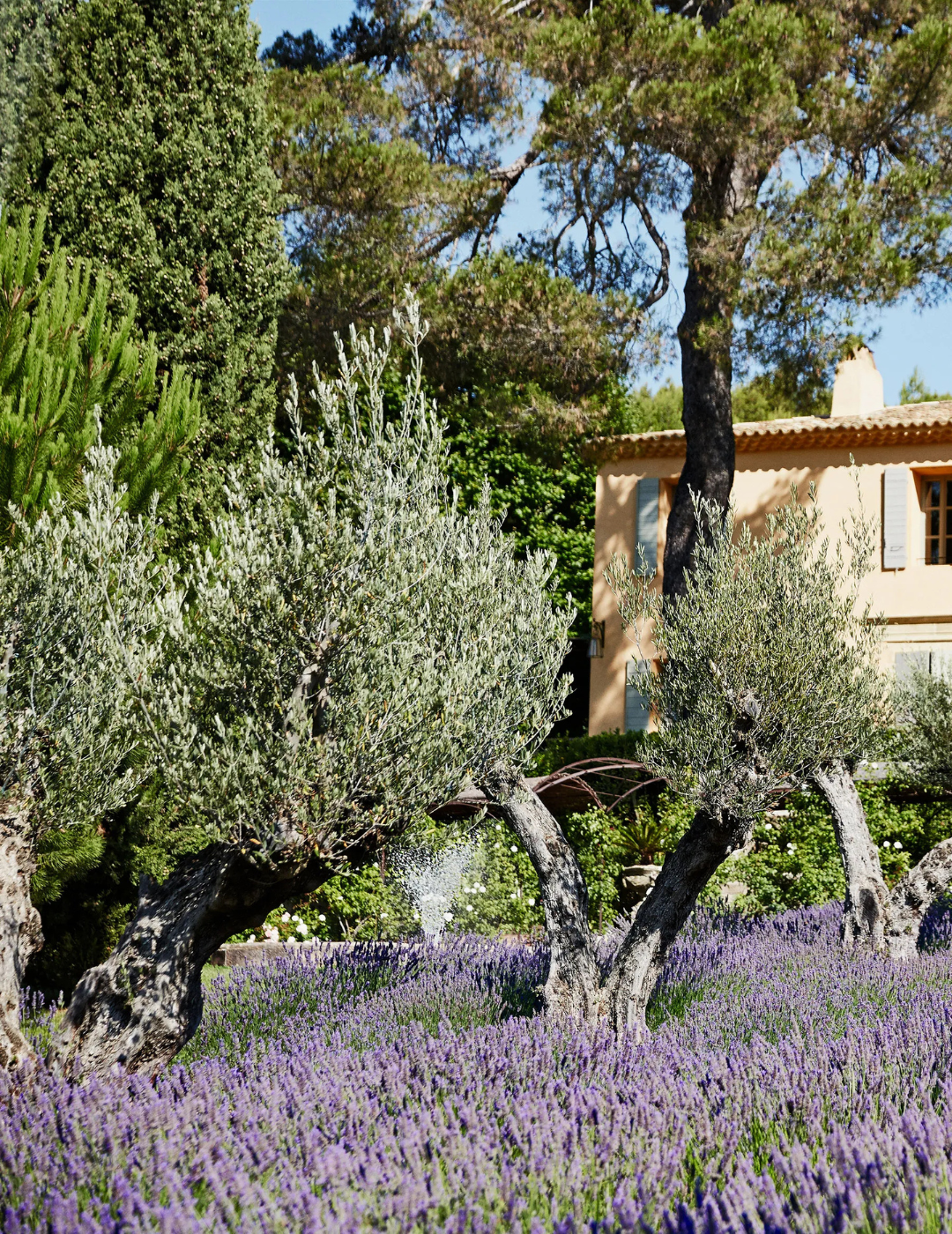
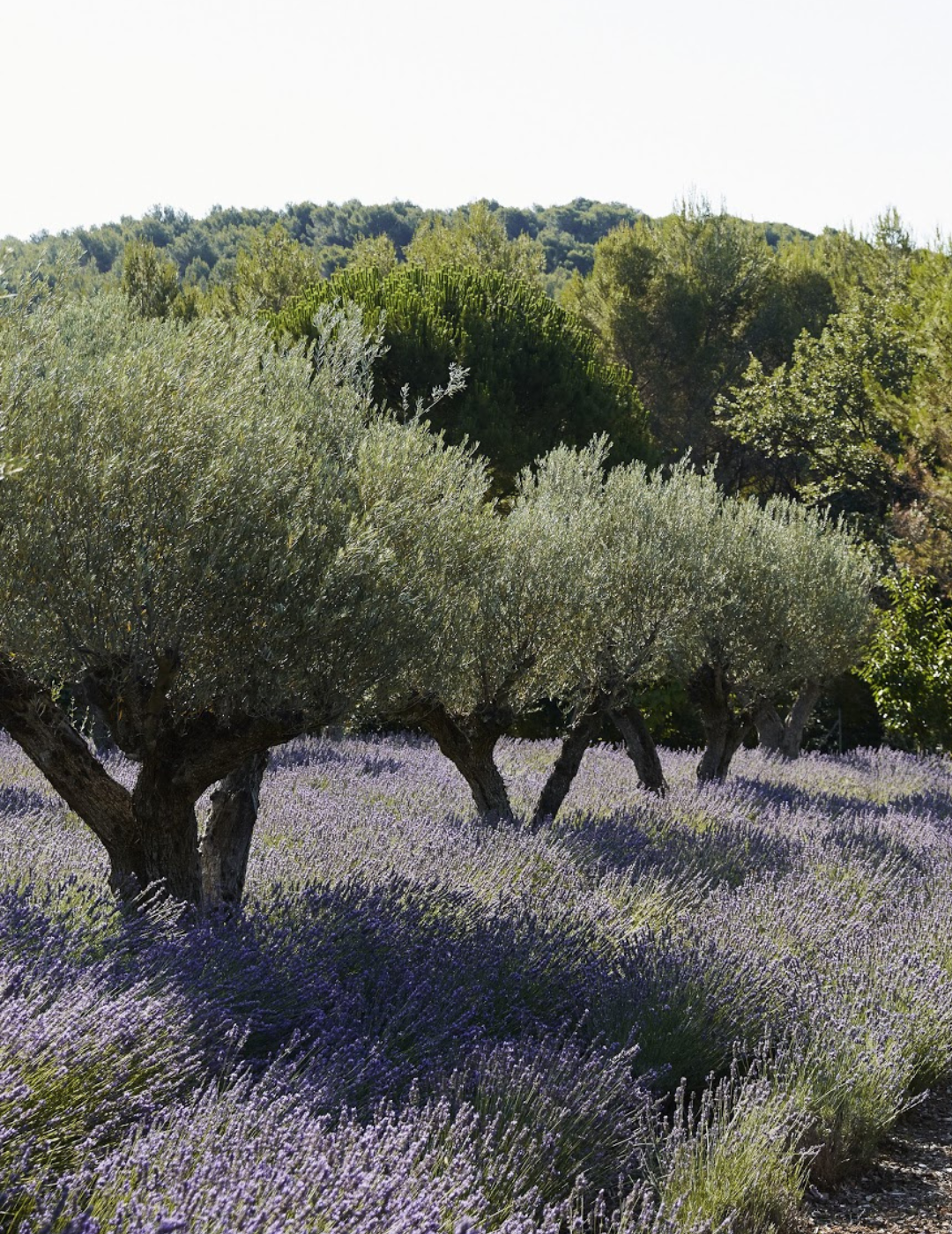
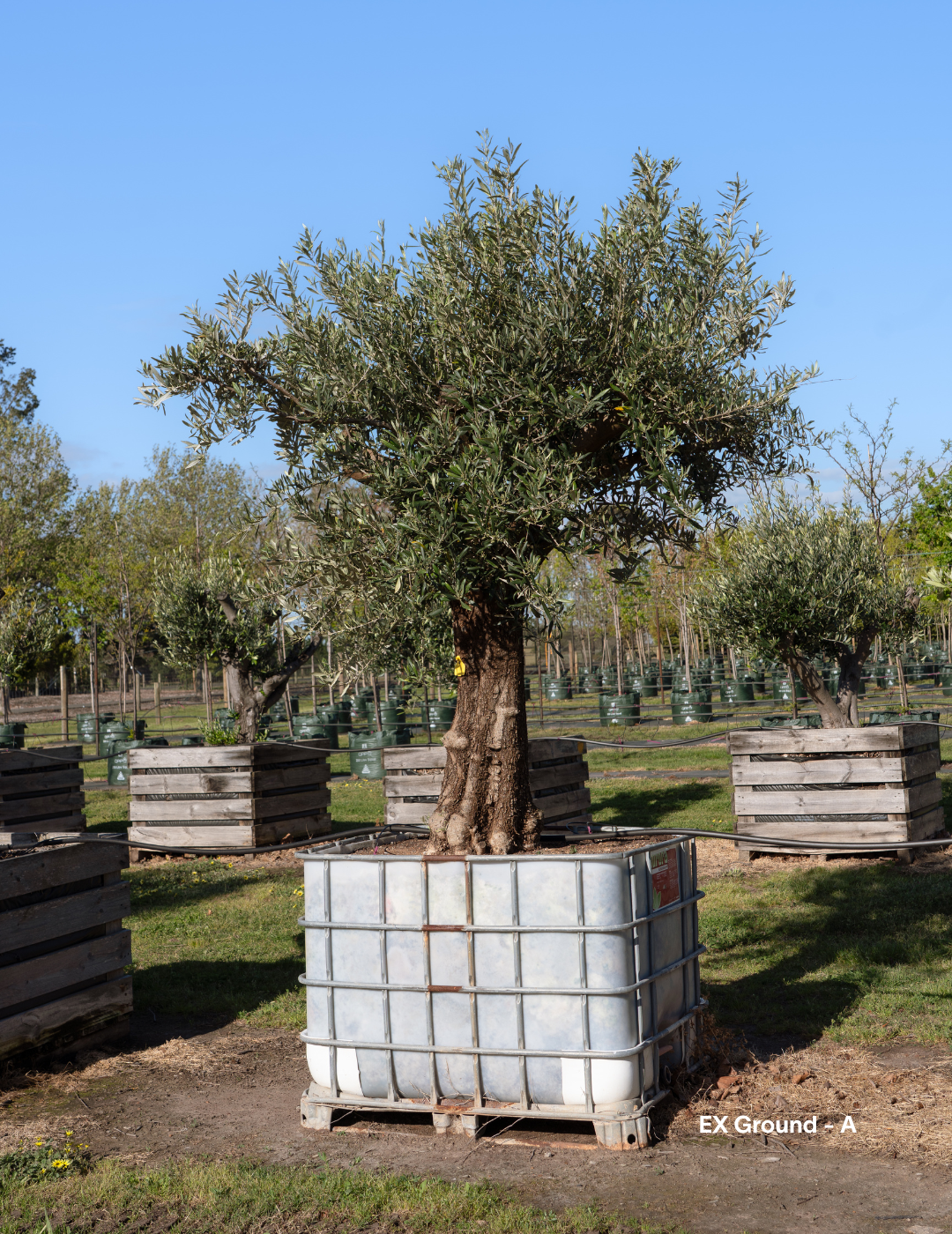
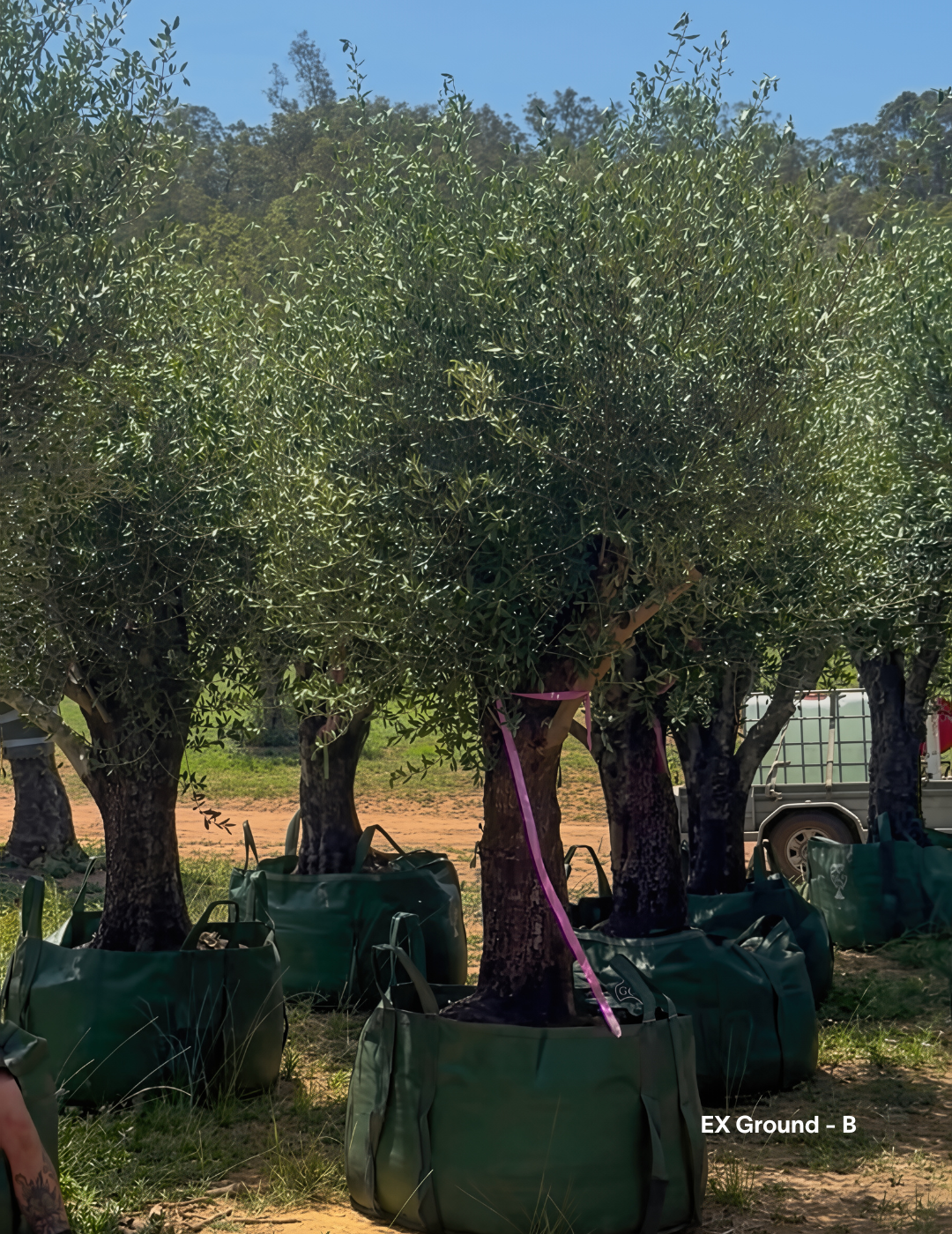
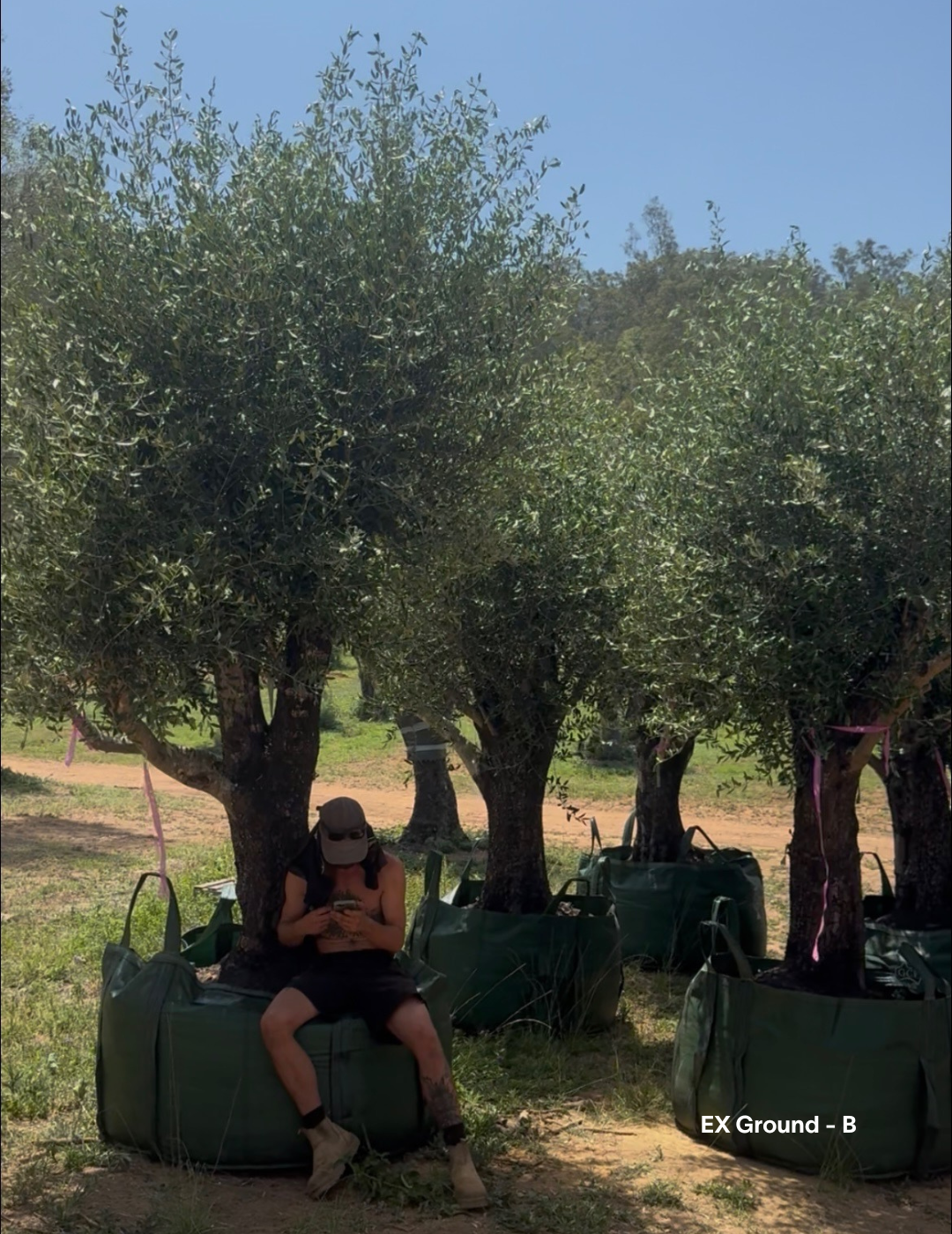
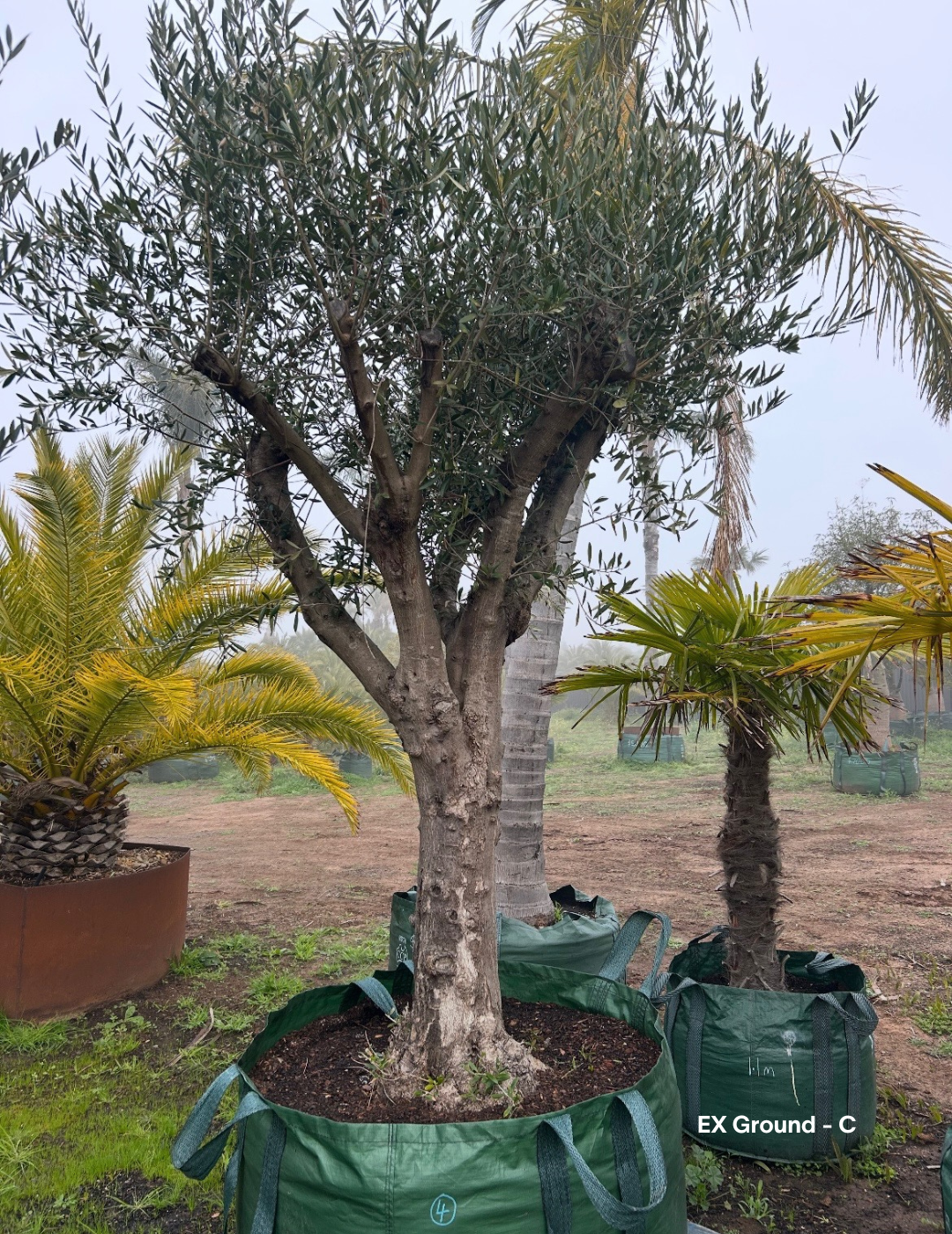
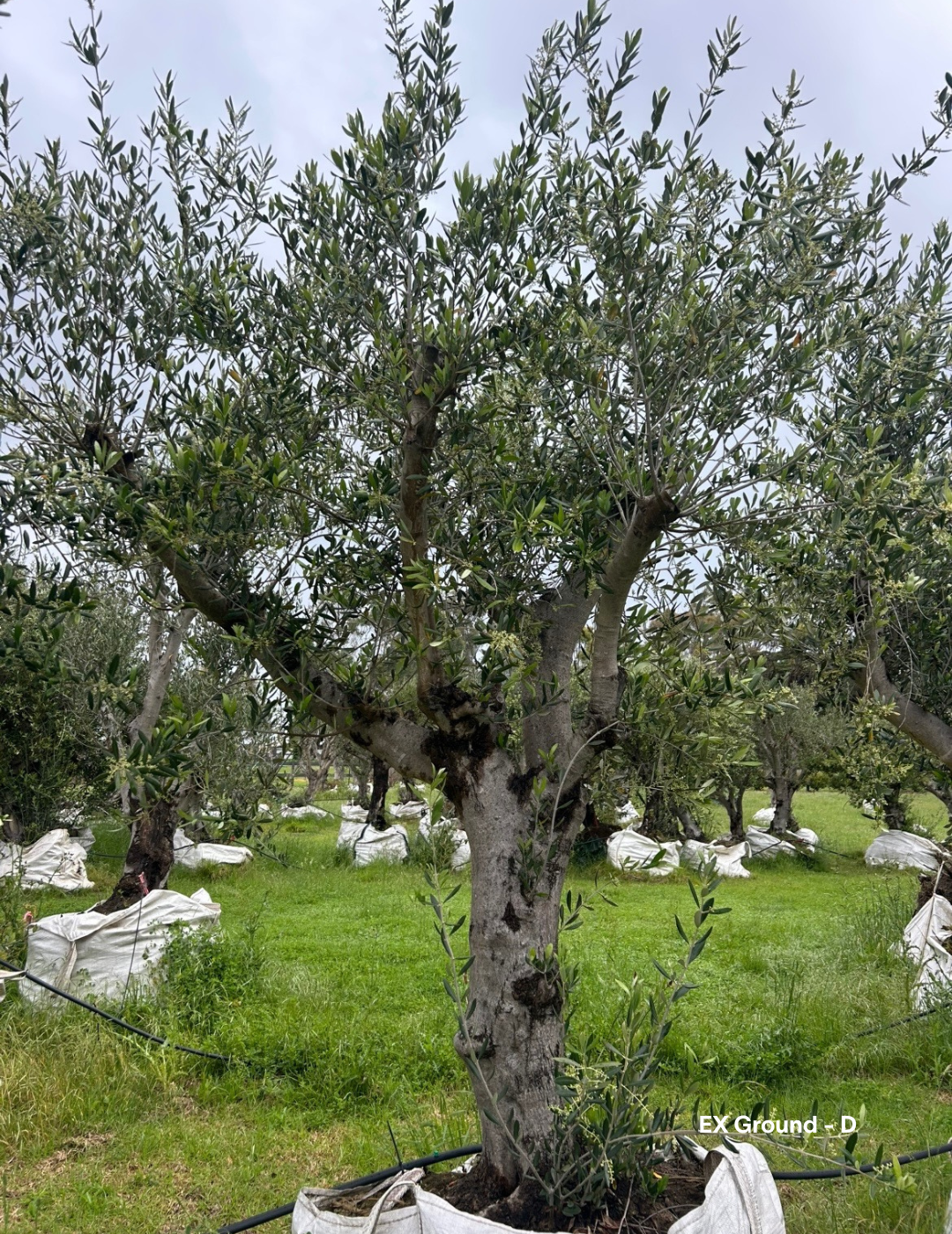
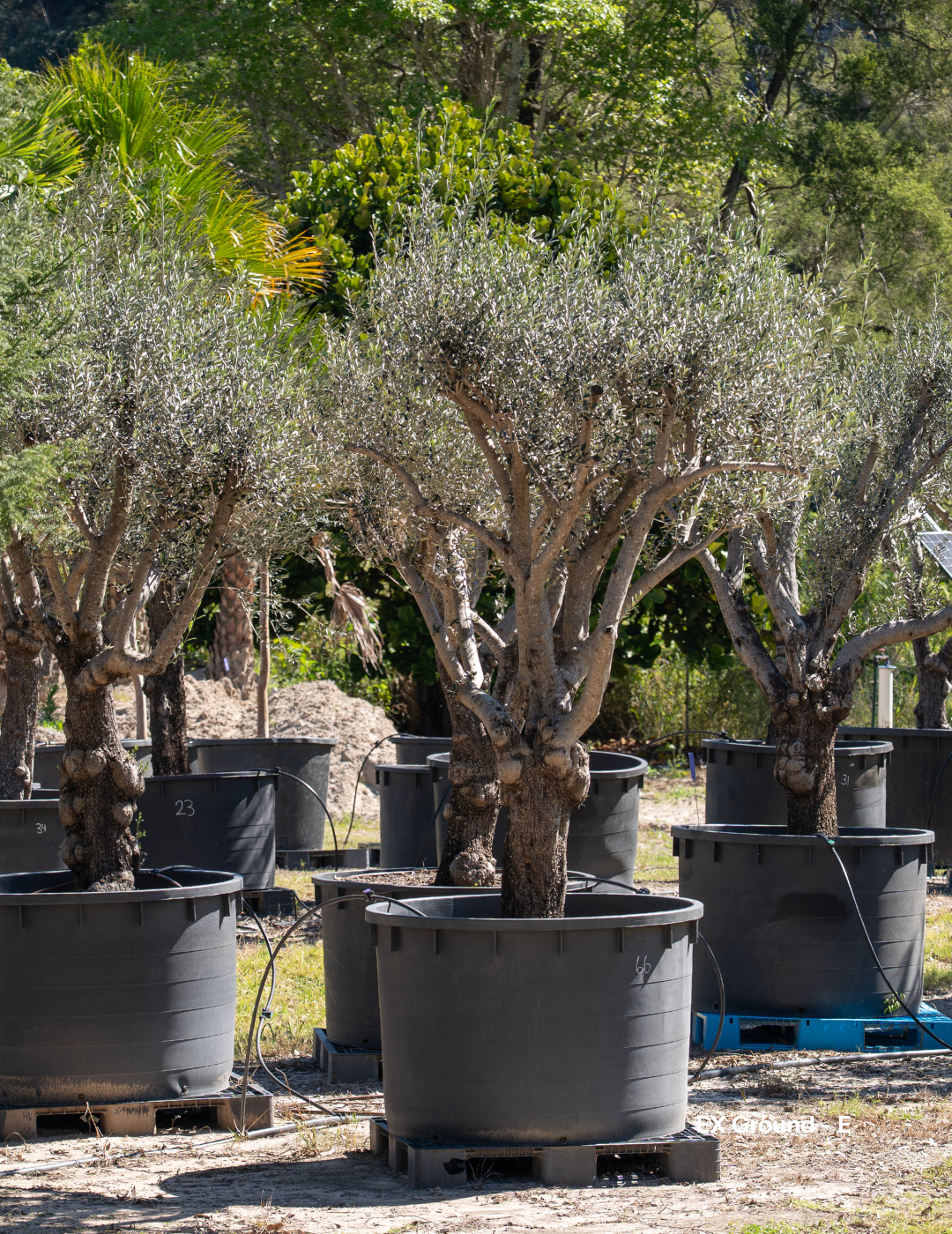
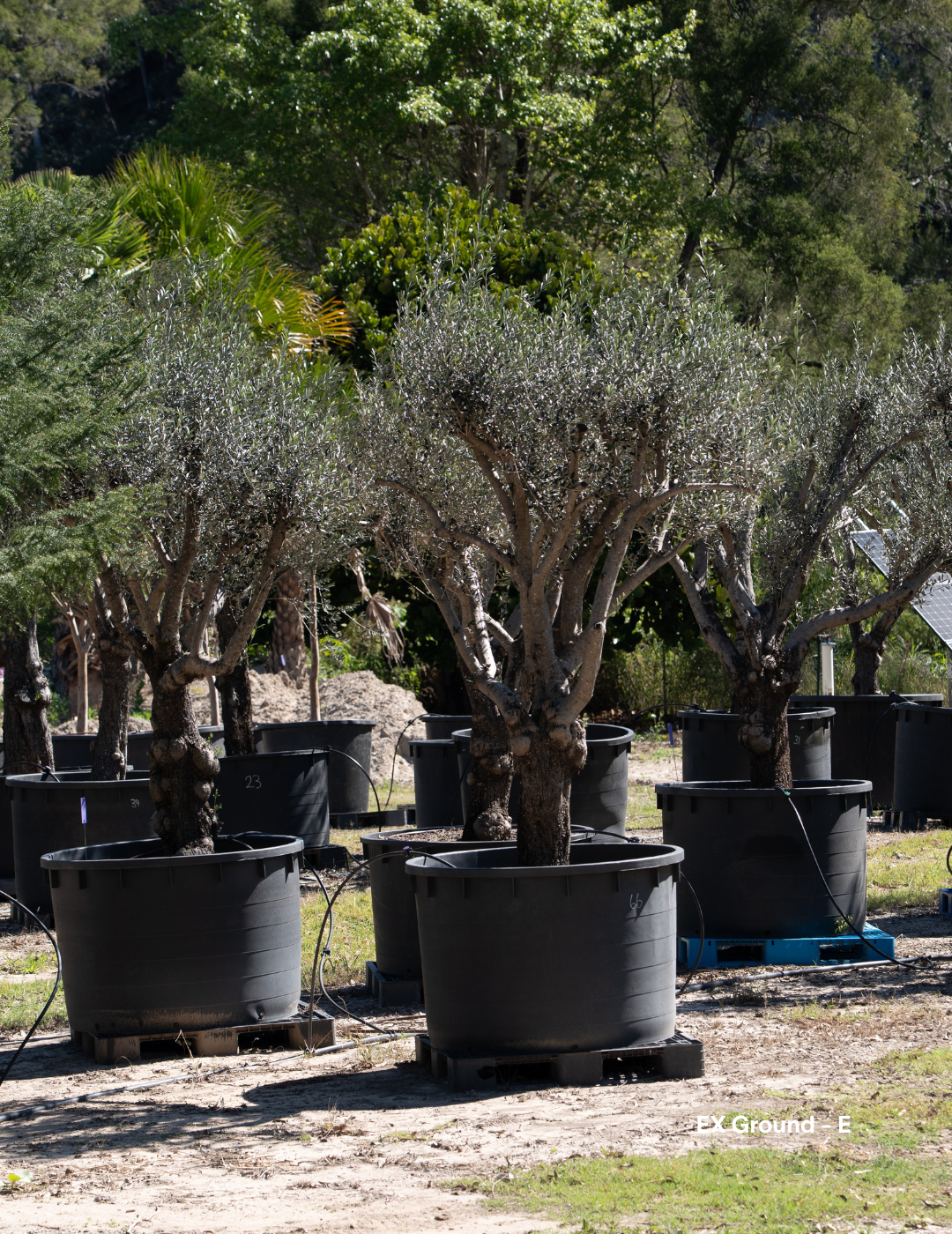
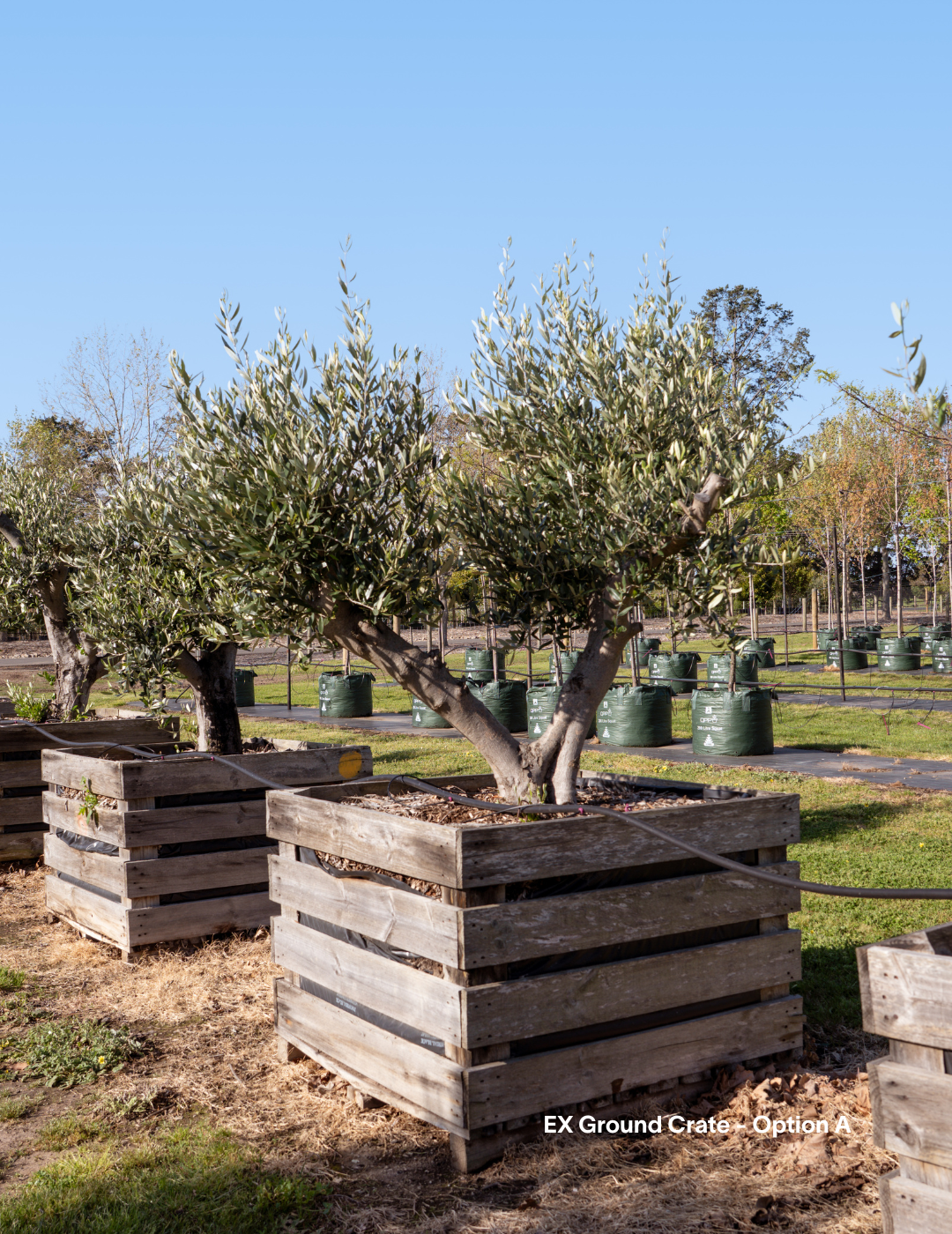
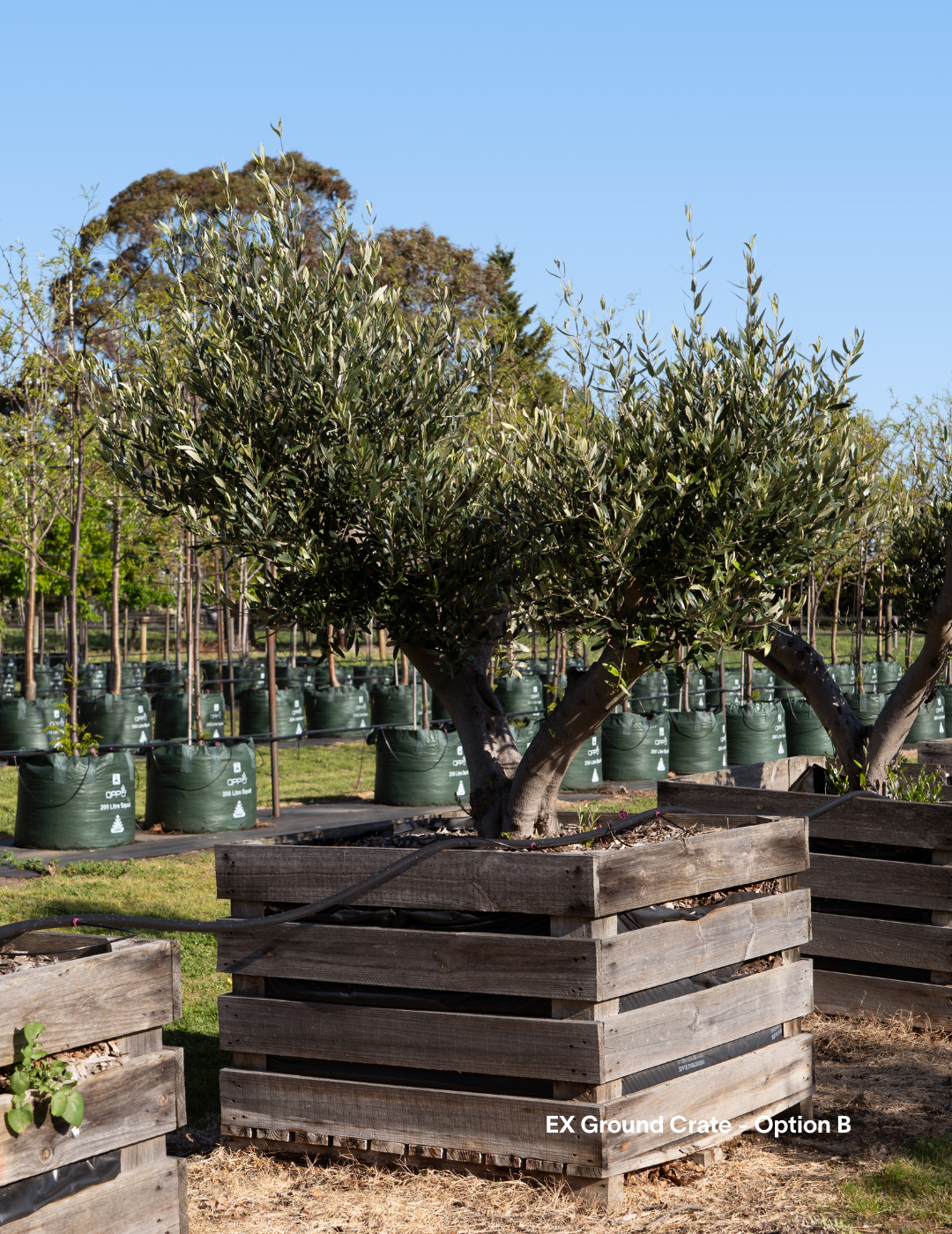
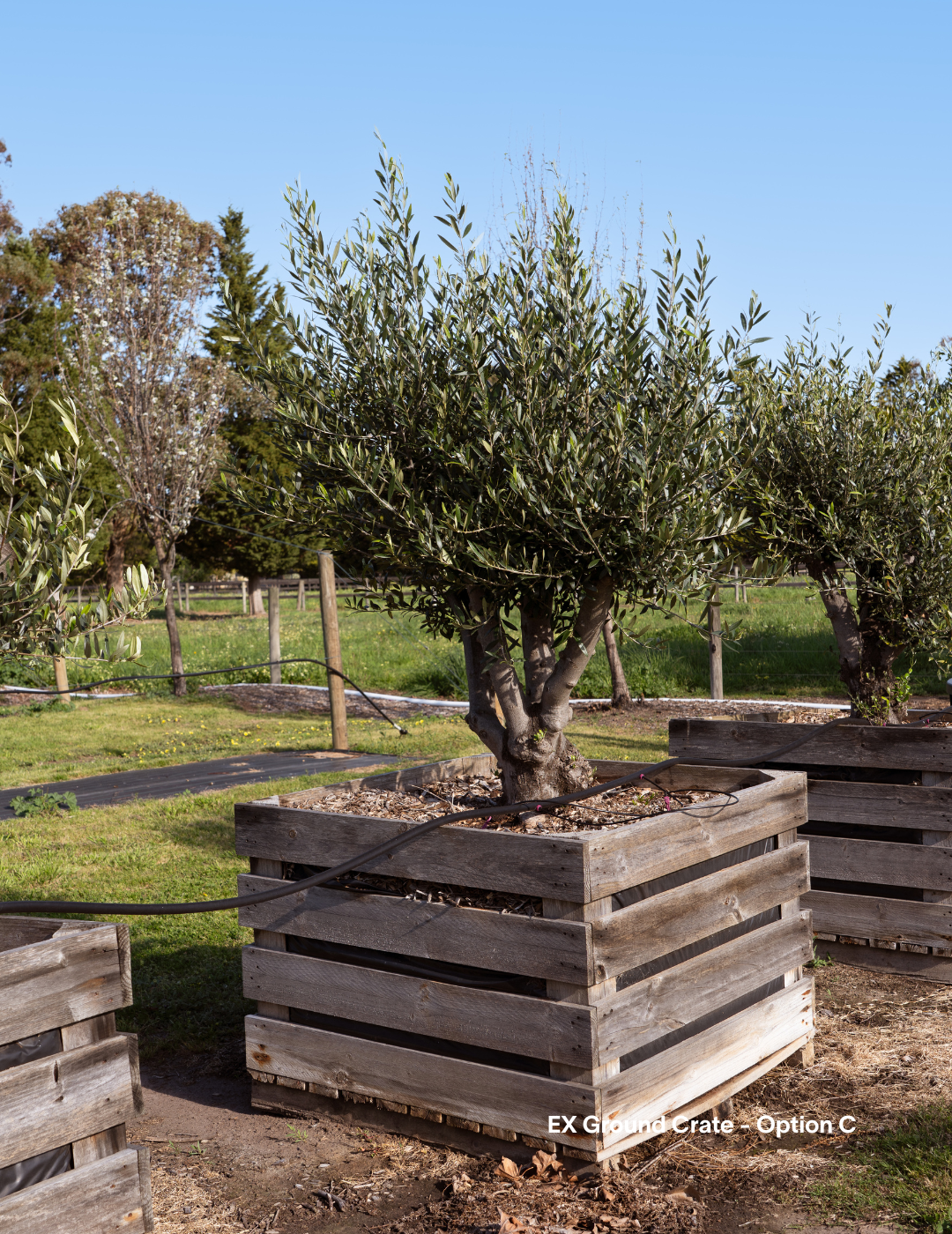
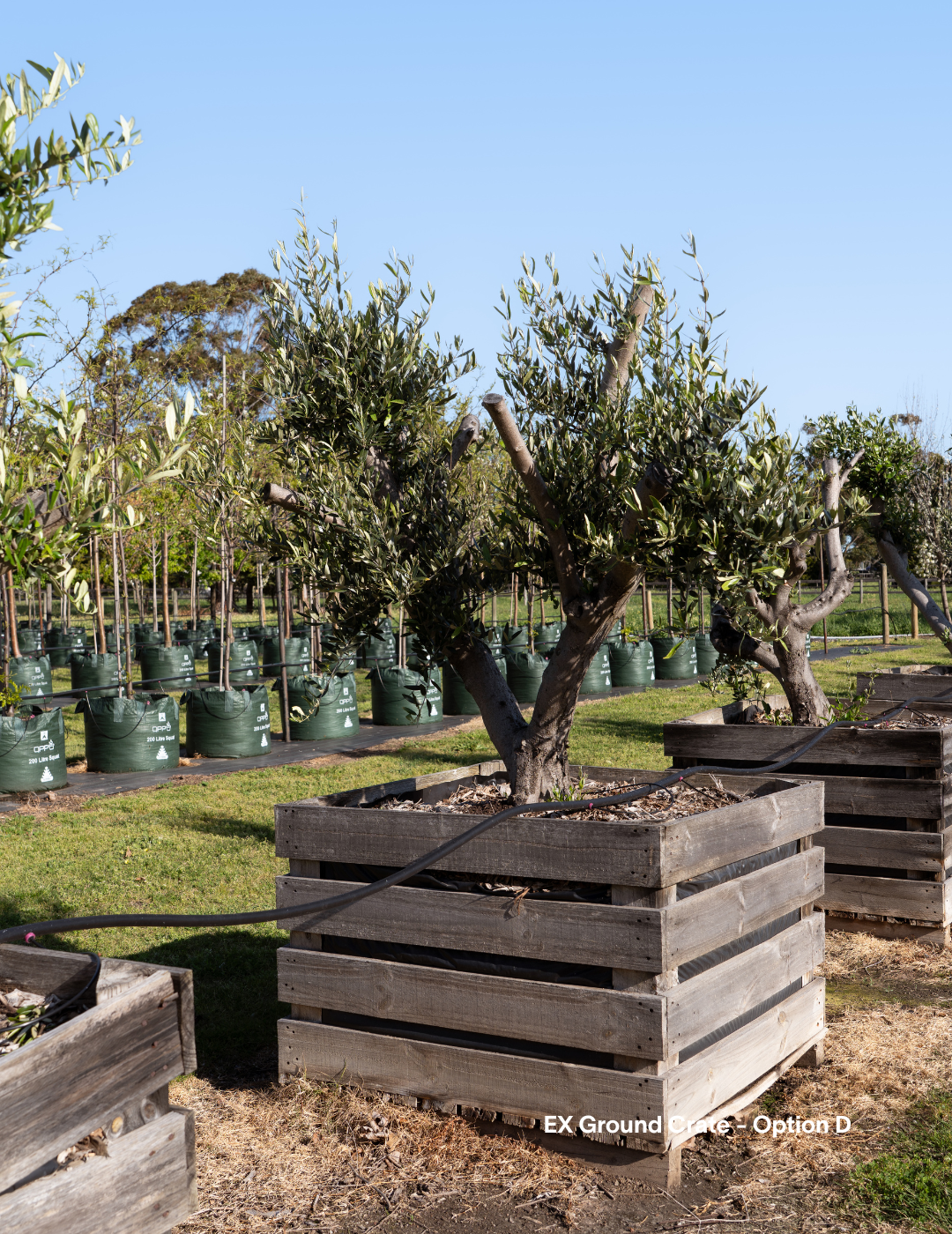
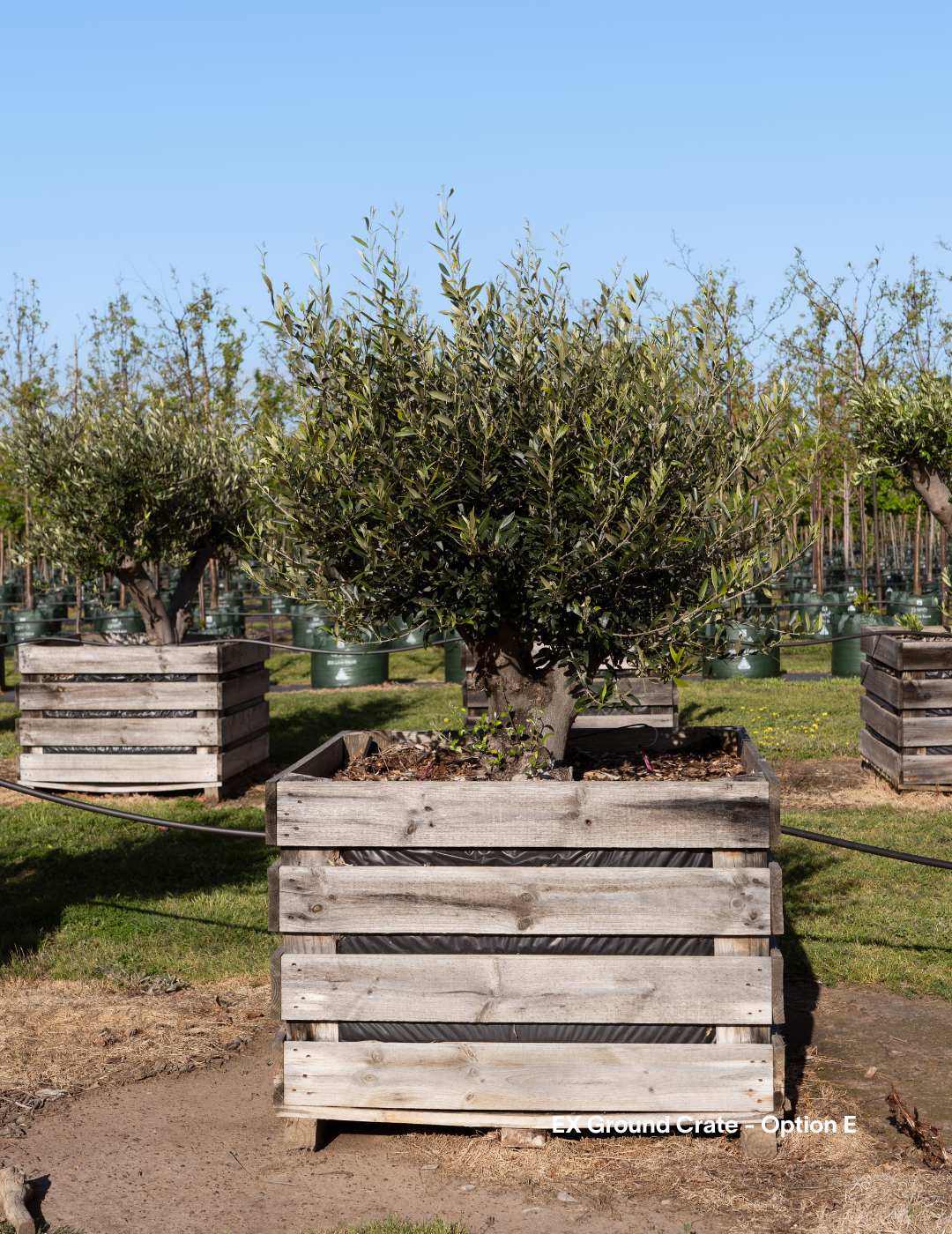
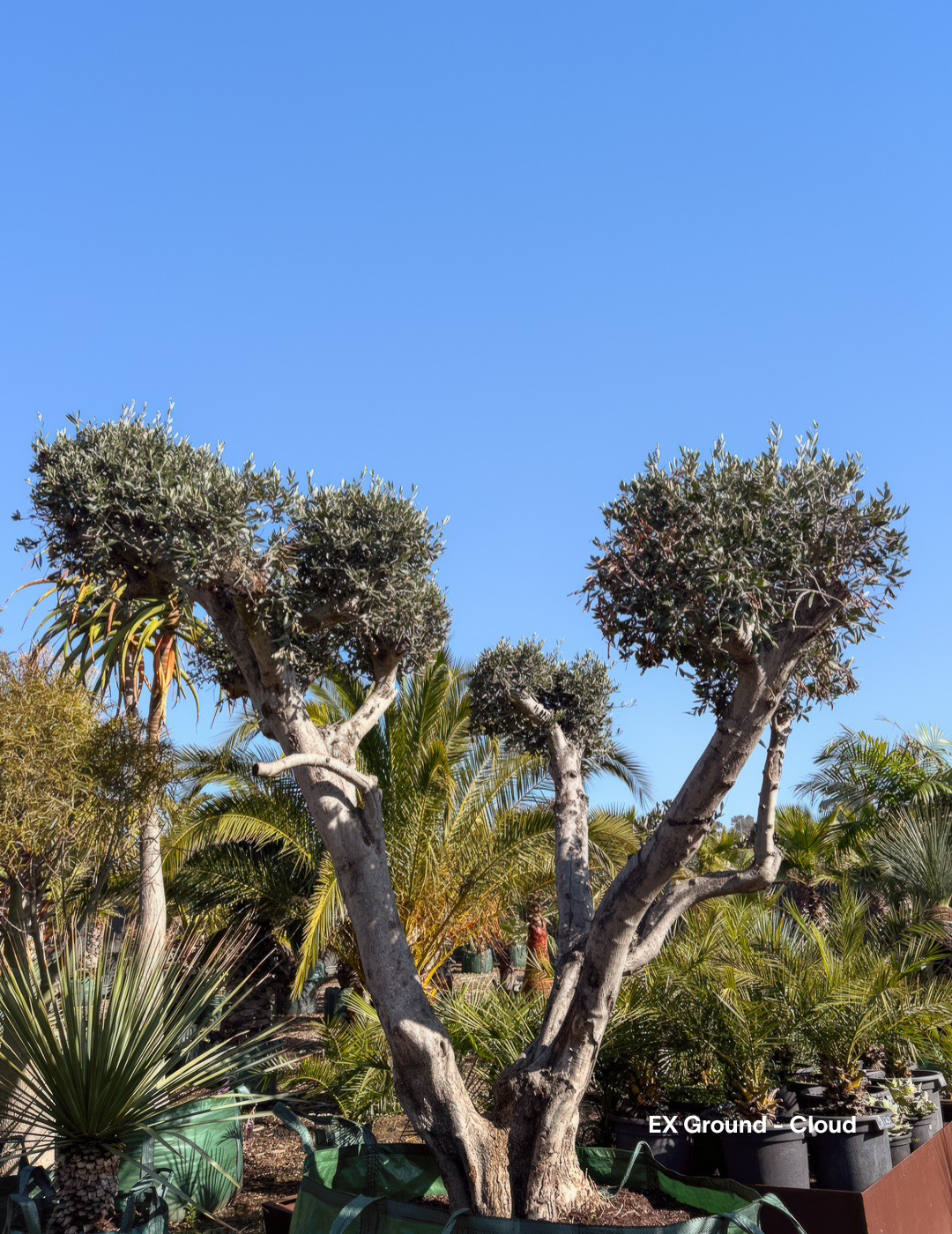
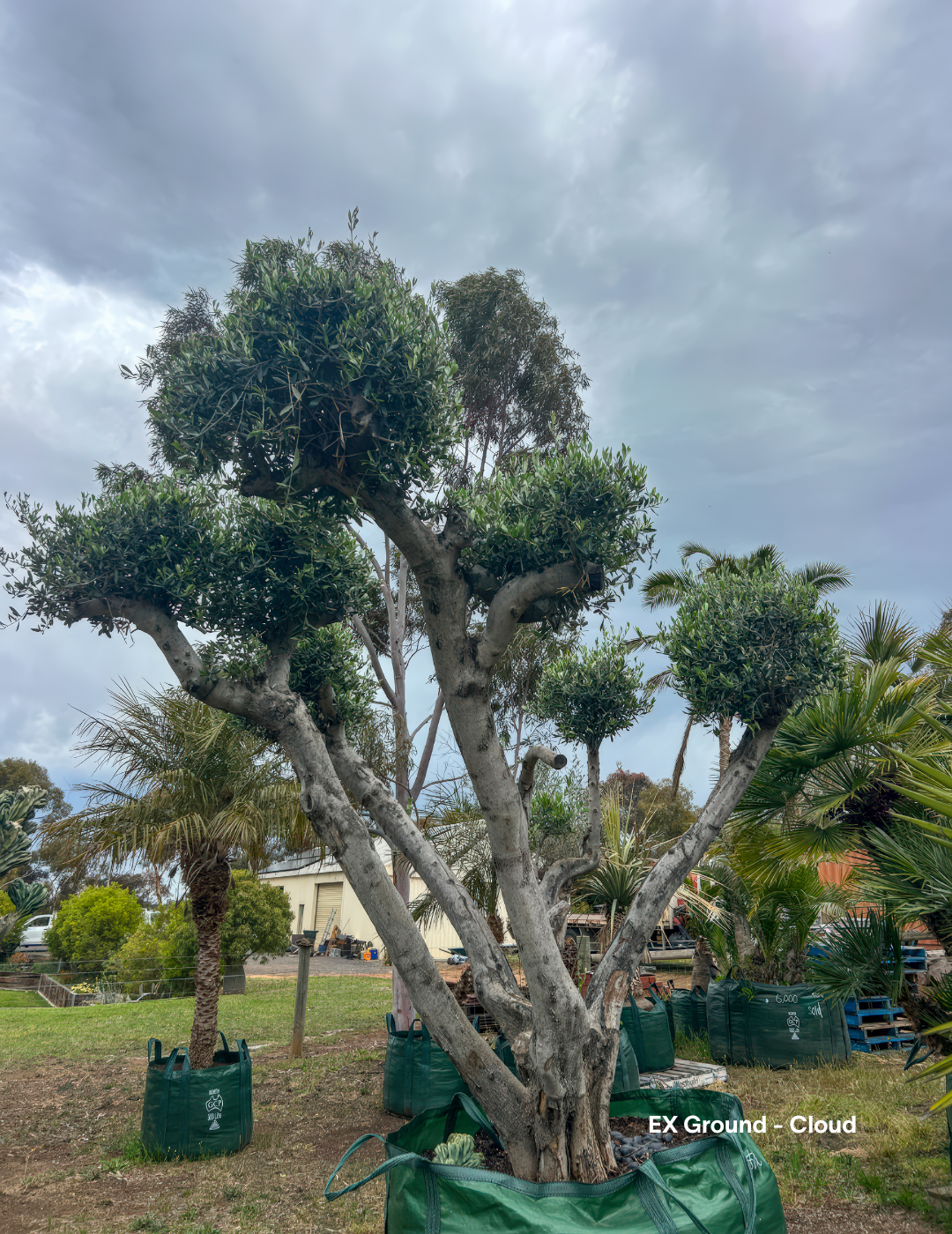
Olea europaea - Olive Tree (Ex Ground)
Tax included. Shipping calculated at checkout
Please note, as living products, our trees naturally vary in size and appearance throughout the seasons. The photos on our website are provided as a helpful guide, but may not always reflect our current batches.
We always aim to deliver stock as pictured, but some variation is to be expected. For up-to-date sizing, please refer to our current height guide. If you’d like to see photos of our current stock, just let us know—we’re happy to send them!
Our Shipping cost is calculated at checkout based on volume you anticipate to order and exact location.
You will not be charged to find out this information.
We supply advanced trees to landscapers, developers, architects, and councils Australia-wide. Trade clients receive fast quotes, expert advice, and access to premium stock with reliable freight.
Enjoy exclusive savings on orders over $2,000.
Your discount will be applied automatically at checkout.
Place your order before December 1st for guaranteed pre-Christmas delivery.
Hurry — Sale ends December 6th!

Olea europaea - Olive Tree (Ex Ground)
 is a Evergreen (foliage year round)
is a Evergreen (foliage year round)
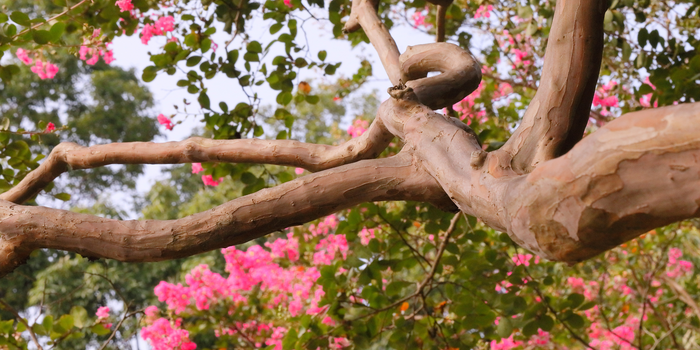 tree with a Mature Height of 5m - 15m Approximately (can be larger if unpruned),
and a Mature Width of 4 – 10 meters.
tree with a Mature Height of 5m - 15m Approximately (can be larger if unpruned),
and a Mature Width of 4 – 10 meters.
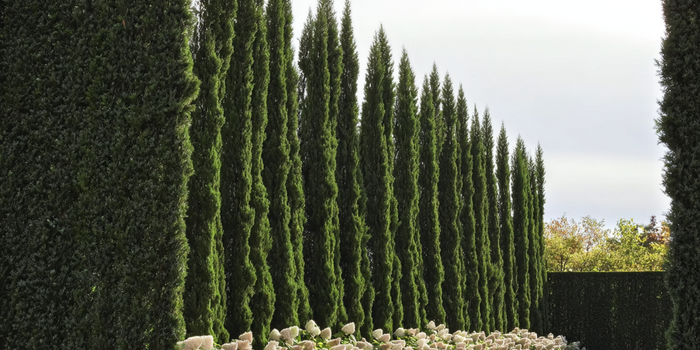 They have a Slow Growth Rate,
They have a Slow Growth Rate,
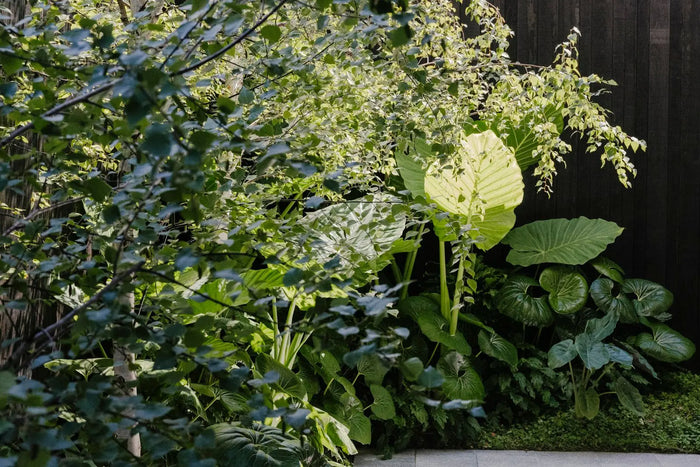 with per annum growth of Approx. 20 – 40 cm per year.
with per annum growth of Approx. 20 – 40 cm per year.
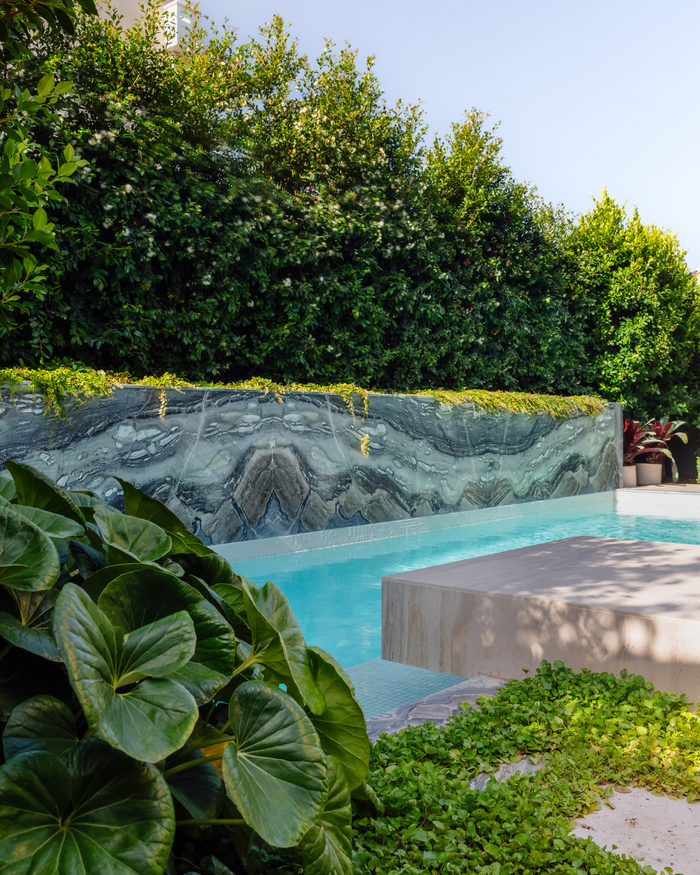 Olea europaea - Olive Tree (Ex Ground) can be used for Feature Tree, Edible Garden, Plant in Pots (or) Suitable for Pots, and Screening or Privacy.
Olea europaea - Olive Tree (Ex Ground) can be used for Feature Tree, Edible Garden, Plant in Pots (or) Suitable for Pots, and Screening or Privacy.
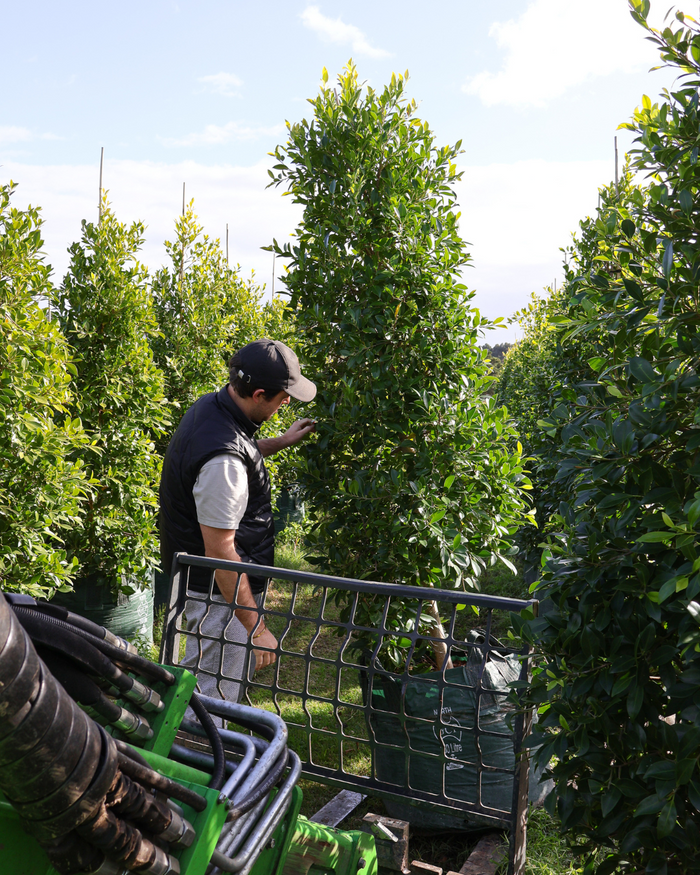 They tolerate Full Sun.
They tolerate Full Sun.
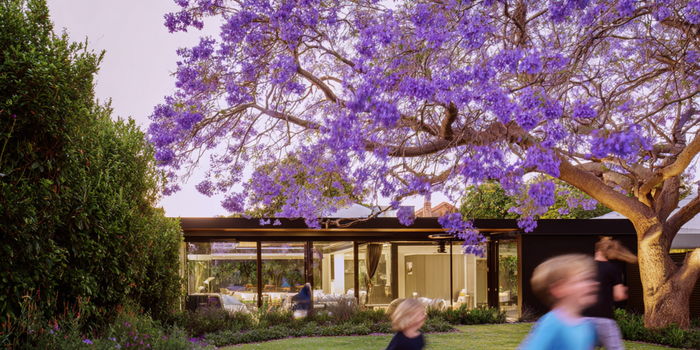








PLANT PROFILE
Olea Europea, commonly known as the Olive tree, is a slow-growing, evergreen tree with a rounded shape and dense crown, iconic for Mediterranean and Tuscan-style gardens. It grows 4–10 meters tall and wide, featuring silvery-green, leathery leaves that add a timeless, drought-hardy elegance.
This olive tree produces fruit typically starting 3–5 years after planting, though some cultivars may take up to 10–12 years. Fruit ripens in autumn to winter, depending on climate, with warm, dry summers and cool, wet winters enhancing quality. It thrives in full sun and prefers well-draining, neutral to high pH soils.
Pruning is best done in late winter or early spring to encourage healthy growth and fruit production, focusing on maintaining an open center and manageable height. Use clean, sharp tools for precise cuts.
Ideal for feature trees, hedges, and topiary, the Olive tree adds Mediterranean charm and year-round beauty to gardens with minimal maintenance and excellent drought tolerance once established.
Mature Height: 5m - 15m Approximately (can be larger if unpruned)
Mature Width: 4 – 10 meters
Approx. 20 – 40 cm per year
Use this as a reference when digging your planting hole. We recommend digging at least 10% wider than the dimensions below to encourage strong root development.
- 30cm Pot: 33cm (W) × 30cm (D)
- 40cm/45L Pot: 44cm (W) × 41.5cm (D)
- 50cm Pot / 70L Pot: 55cm (W) × 41.8cm (D)
- 100L Bag: 50.6cm (W) × 52.8cm (D)
- 150L Bag: 66cm (W) × 55cm (D)
- 200L Bag: 71.5cm (W) × 60.5cm (D)
- 300L Bag: 88cm (W) × 63.8cm (D)
- 400L Bag: 99cm (W) × 66cm (D)
- 500L Bag: 122cm (W) × 66cm (D)
- 750L Bag: 134cm (W) × 69cm (D)
- 1000L Bag: 146.3cm (W) × 71.5cm (D)
- 2000L Bag: 176cm (W) × 82.5cm (D)
Olea europaea - Olive Tree (Ex Ground) is Frost Tolerant – Can handle light to moderate frost once established..
Does Olea europaea - Olive Tree (Ex Ground) flower?
White
We've Been Featured In






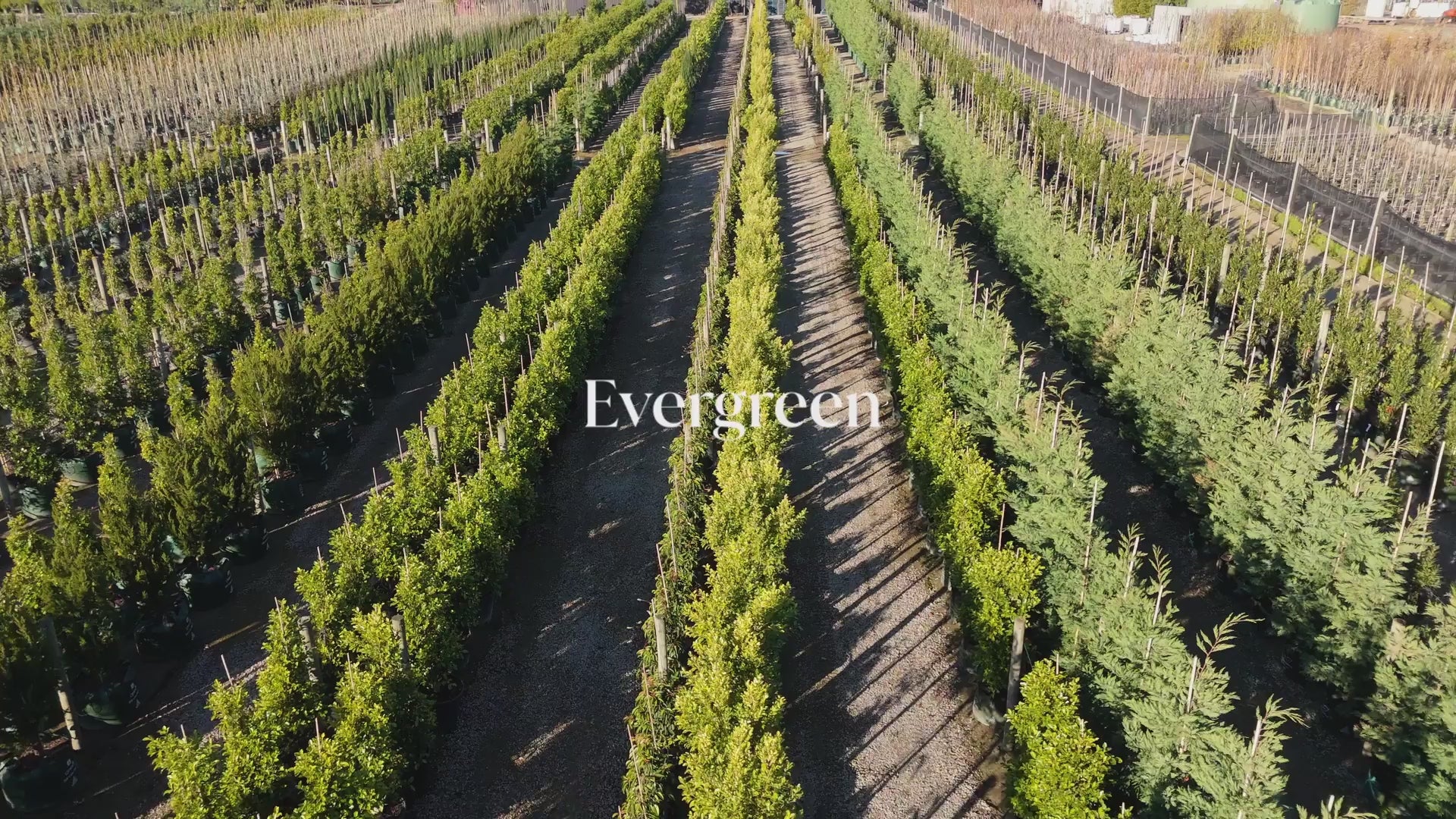
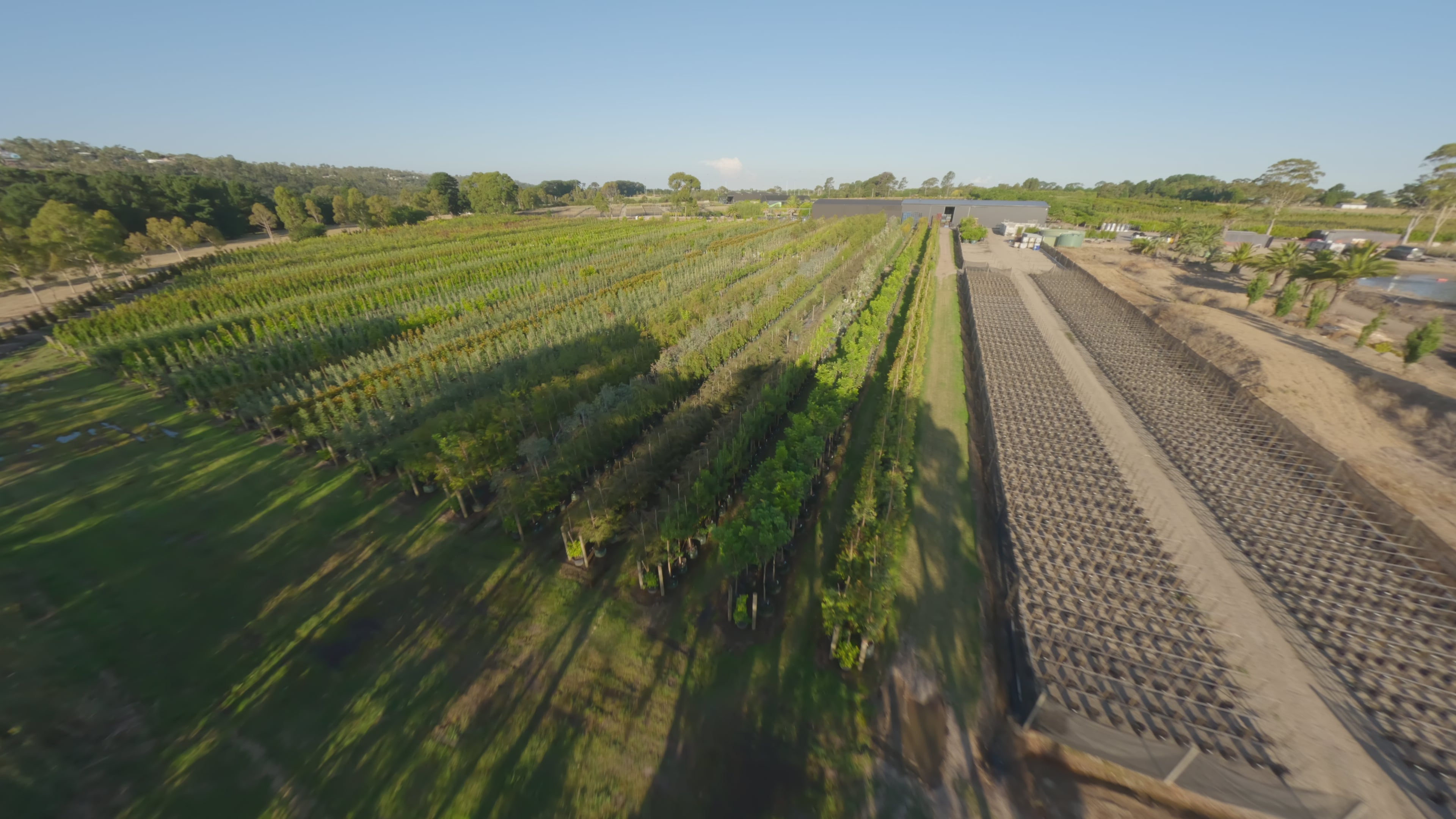
Your One Stop Shop Advanced Tree Supplier
HAVE A PLANT SCHEDULE TO SEND US?
Need Assistance For Your Next Project? Let Us Help.
Evergreen Trees Direct is Australia's unrivaled supplier of the highest quality advanced tree stock. Our extensive supplier network allows us to provide a one-stop shop for all your landscaping needs, no matter how big or small the project. We pride ourselves on exceptional service, ensuring a seamless experience from selection to delivery. Trust us to bring your landscaping vision to life with the perfect trees for any outdoor space. With our unrivaled selection and commitment to service, Evergreen Trees Direct is the top choice for landscapers, property developers, and garden enthusiasts alike.
Recently Supplied Projects
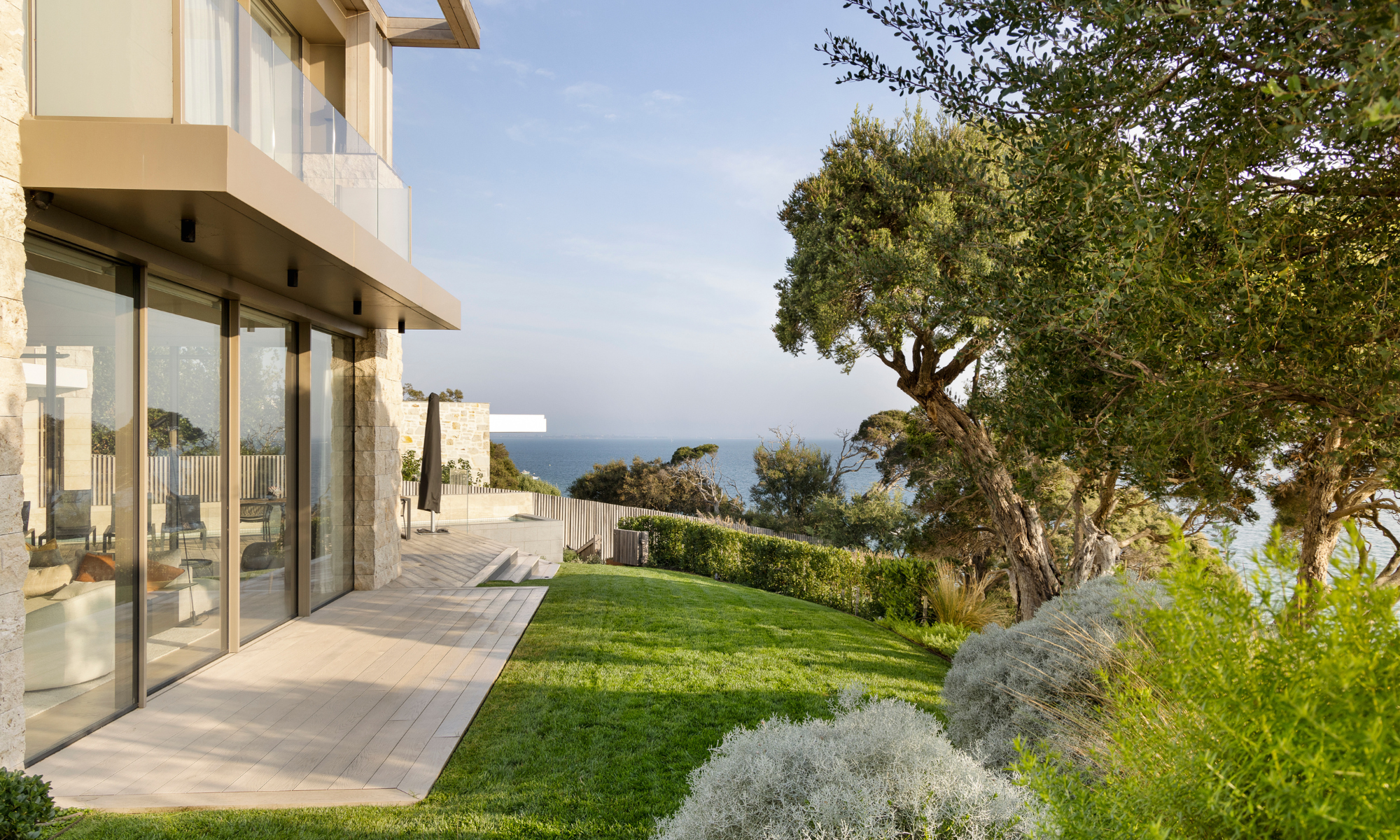
Mornington Peninsula Coastal Garden
A layered, resilient coastal garden designed to withstand harsh salt winds and seasonal extremes. This Mornington Peninsula property features a curated tree and shrub palette focused on longevity, ...
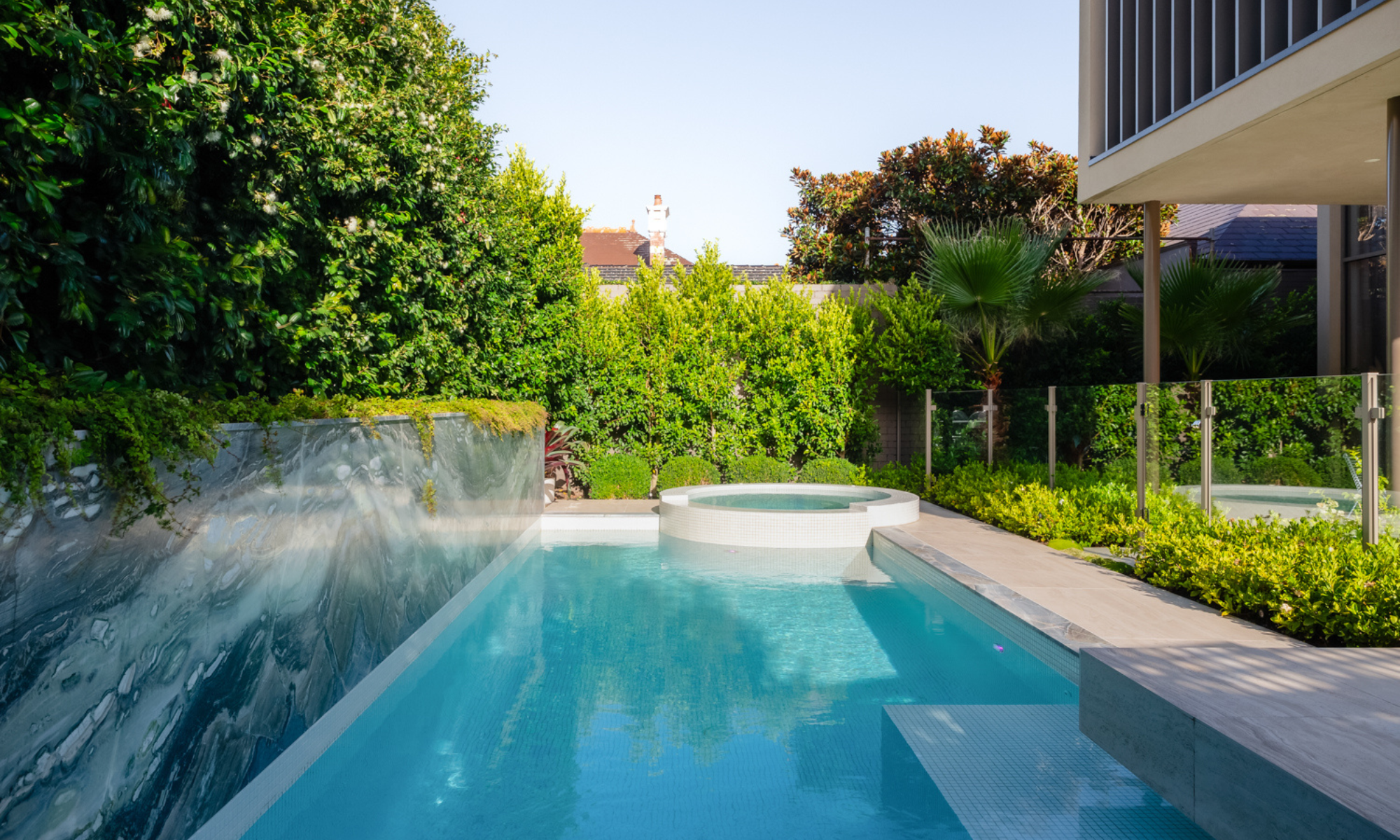
Presenting our recent project in Brighton, Victoria, landscaped by Jack Merlo Landscape & Design. This modern landscape features a variety of hedging, screening, and feature trees, all supplied...
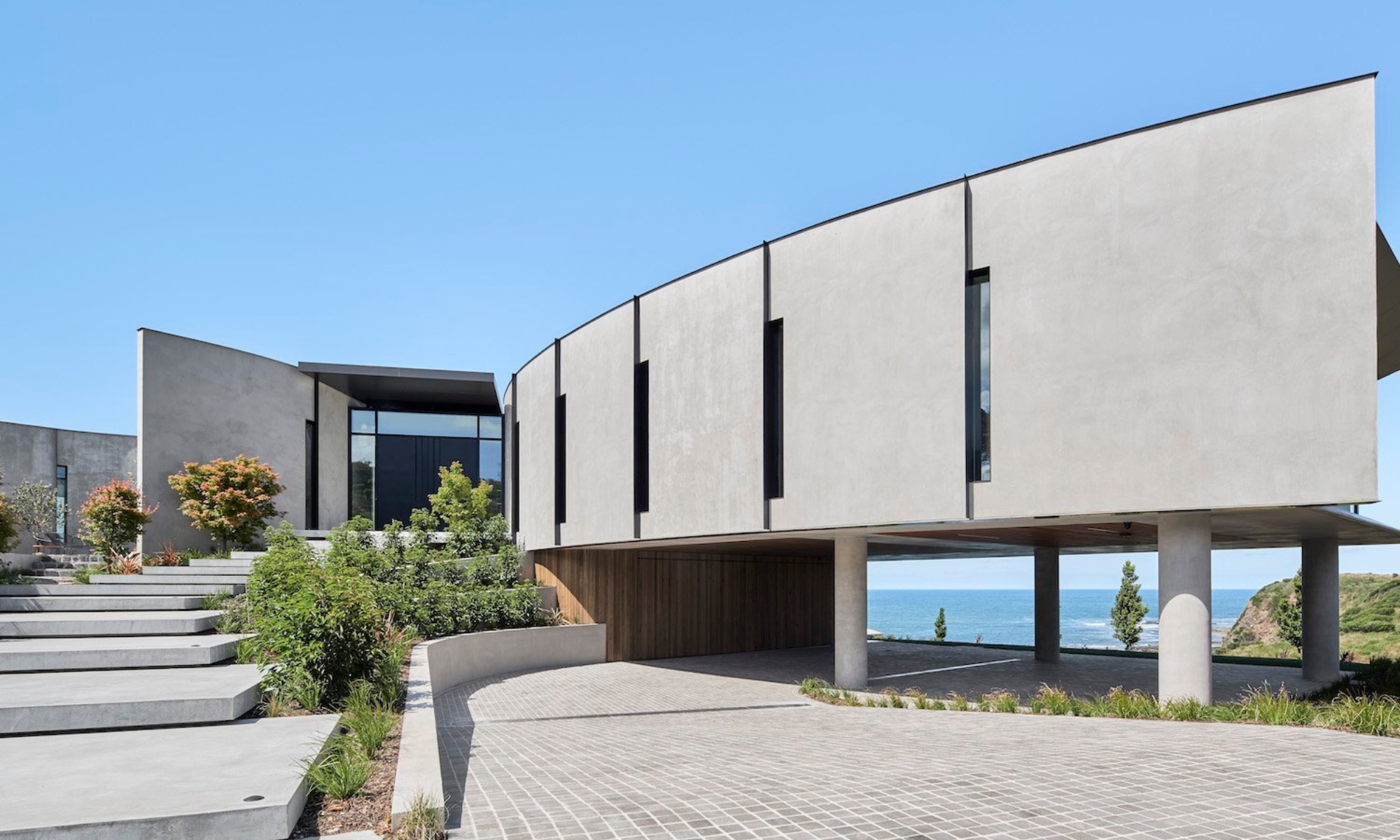
Horizon House in Flinders blends nature with bold architectural design, using natural elements to enhance its modern aesthetic. Acer Palmatum (Japanese Maple) lines the walkway to the entrance, add...
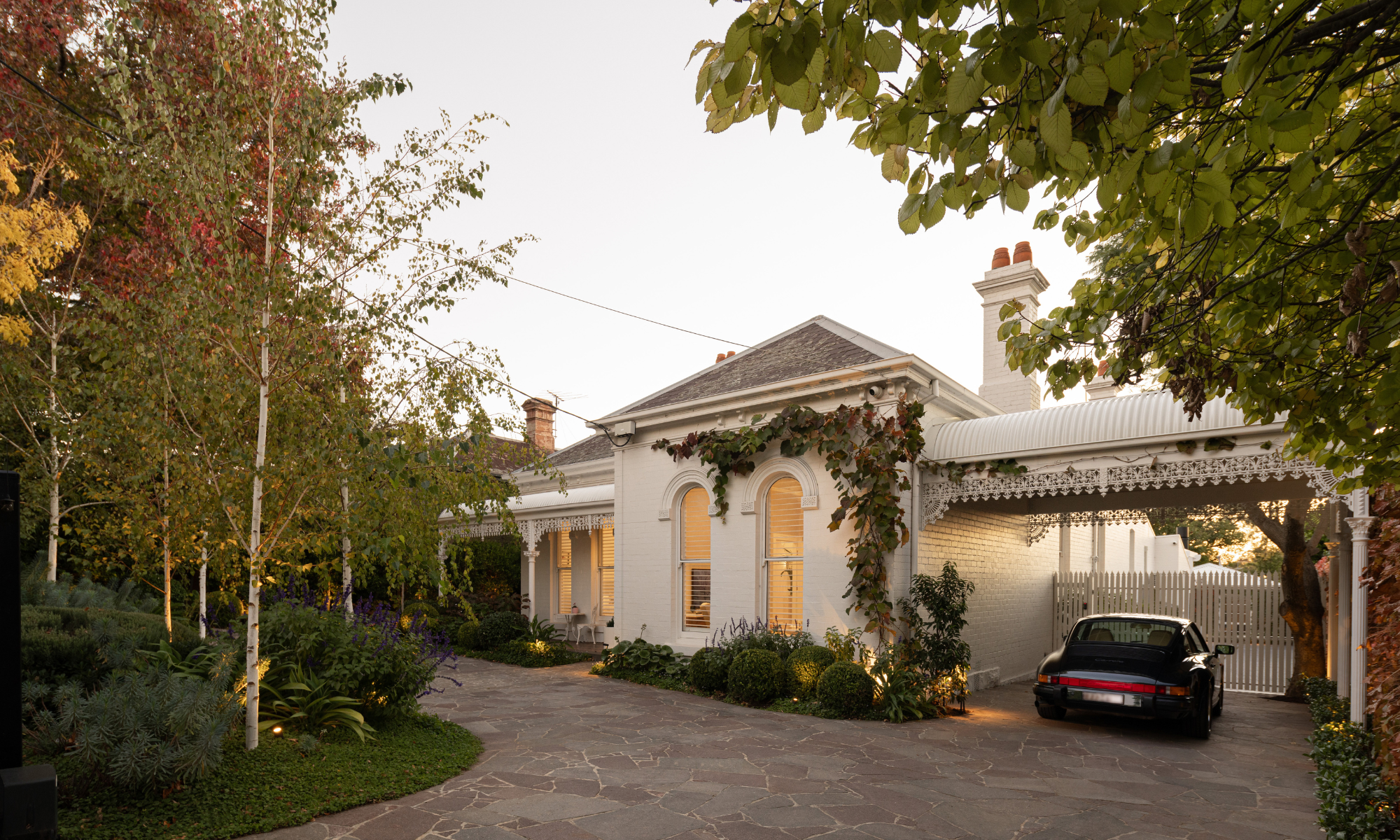
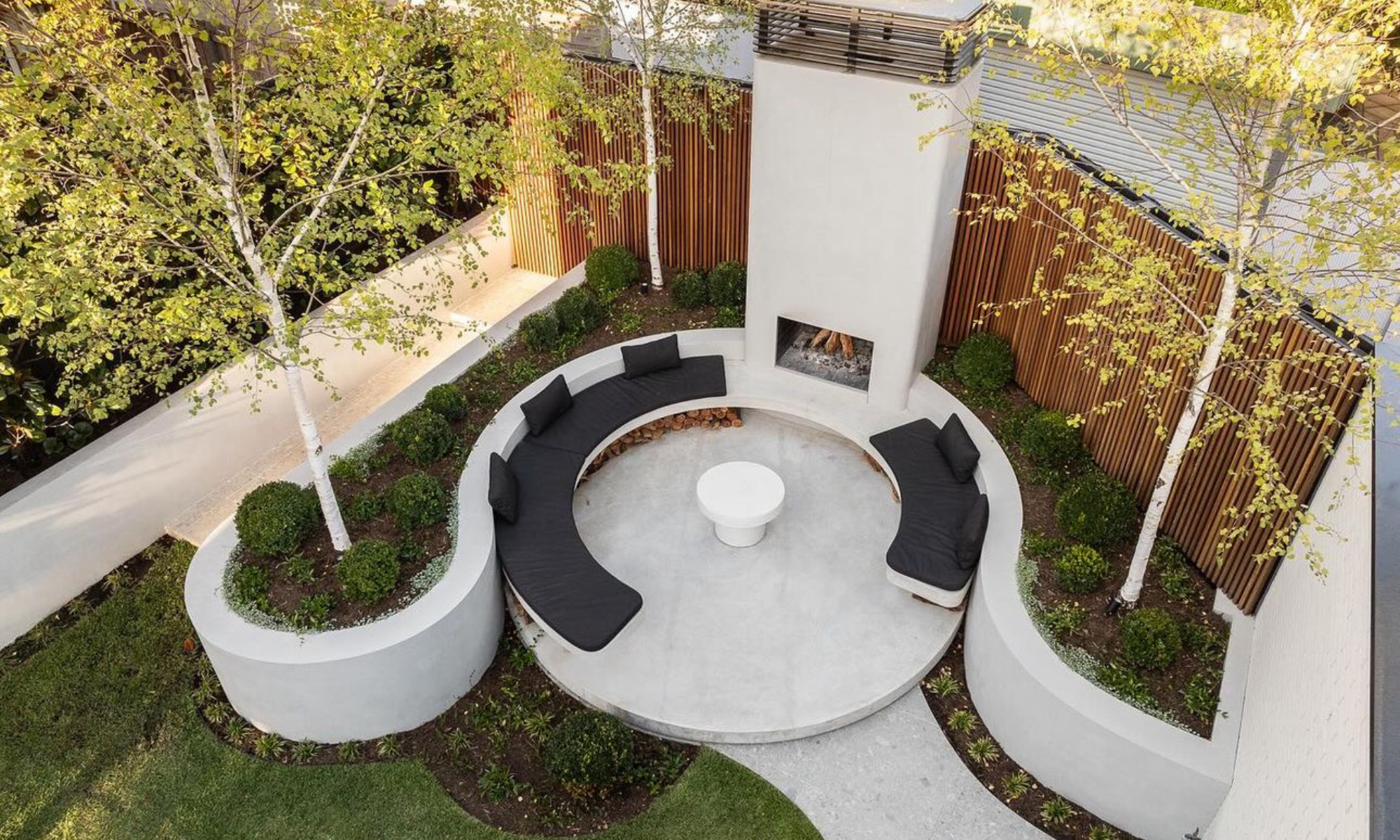
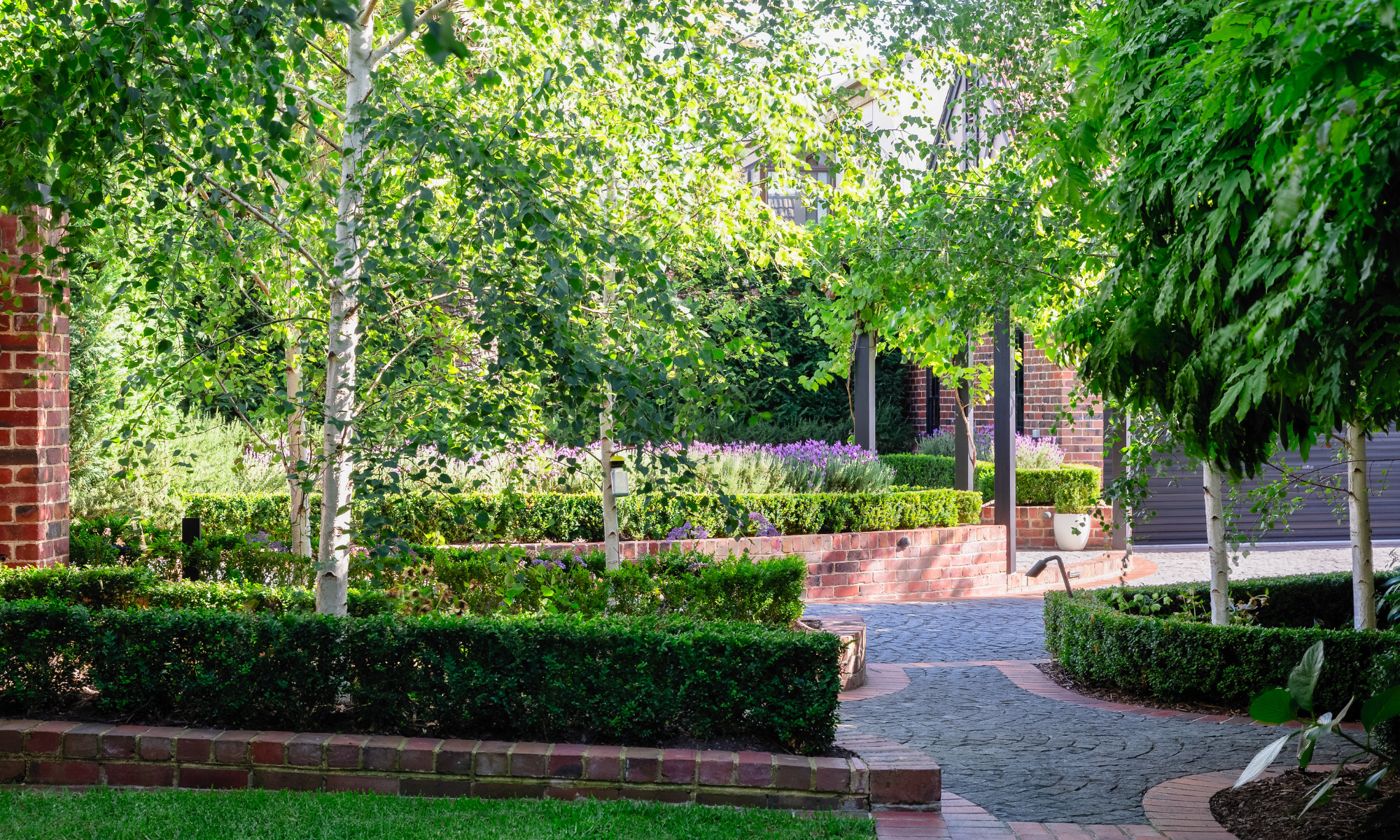
The Esplanade, Mornington Project
The Esplanade project, located along the Mornington coastline, features a carefully chosen selection of trees that thrive in the unique coastal environment of sea breezes and sandy soil. Led by Rob...


